I have to admit, our The M Files series feels a bit like a sad walk through the camera museum so far. You read about all those big old names like Voigtländer, Rollei or Konica, behind which there is not much left today. How different it is in the case of Zeiss. Meet here the legendary Zeiss Ikon rangefinder camera for M-Mount.
The company is a global player in the optical industry until this day, but the return to selling cameras for 35mm film remained a short episode. This review will show why that is a pity. I tested the Zeiss Ikon rangefinder camera for The M Files together with three current ZM (Zeiss M-Mount) lenses: 25/2.8, 35/2.8 and 50/2.0.
Zeiss’ legacy of rangefinder cameras is enormous; just remember the Contax, which offered integrated exposure metering and bayonet lens mount as early as 1936. The Zeiss history is an area of research in its own right; this review will focus on the temporary resurrection of a great name in the camera market.
While Zeiss had never stopped manufacturing lenses (for example, for the Hasselblad or cinema cameras), the cameras had long been discontinued. In 1972 the last Zeiss 35 mm camera was produced. In 2005 came the Zeiss Ikon, which was, like the Voigtländer Bessas, manufactured by Cosina in Japan. It remained in the range until 2012 and at times even had a sister: the Zeiss Ikon SW (super-wide) without rangefinder and for use with external viewfinders.
Zeiss Ikon rangefinder camera: Beautiful design and great engineering
So, is the Zeiss Ikon rangefinder camera a Bessa in a different guise? Despite some similarities, it certainly is not. The Zeiss Ikon has a much larger measuring base (75 millimetres on the Zeiss vs 37 millimetres on the Bessa, due to the viewfinder magnification of 0.74 the Ikon’s effective measurement base is 55.9 mm), a larger and brighter rangefinder, a modified film rewind, and a completely independent design obviously inspired by both the 1930s Contax bodies and the Bauhaus. What it shares with the Bessa, on the other hand, is the very well-engineered and reliable shutter made of metal blades, the automatic exposure control with aperture priority, and the film transport.
The Zeiss Ikon’s design was created by the German designers Henssler&Schultheiss which explicitly pursued the goal of achieving a timelessly classic design. The project description states: “Design attributes of classic camera construction” are to be chosen, and a “high impression of value” is to be achieved. If you browse the Henssler&Schultheiss site, you will also find an analogue SLR, which was also projected to revive the Zeiss Ikon brand. Apart from the fact that this would have been a hopeless undertaking after 2000 because of the digital revolution, it is a pity that this SLR never came onto the market.
Oh, and that viewfinder in the Zeiss Ikon rangefinder camera!
When you hold the Zeiss Ikon in your hand for the first time, it is a Wow! moment. It may not feel as massive as an M-Leica, but it has just the right weight. Everything is tidy and intelligible. Anyone who has ever photographed with a rangefinder camera doesn’t need a manual for the Zeiss Ikon.
And when you first look through the viewfinder, it’s striking: There’s still room around the 28 mm lens! And at the bottom of the frame, the focal length appears in plain figures! Even with a backlight, there are no reflections! Those are a few exclamation marks, aren’t they?
Fame lines travel, patch stays
But you might be astonished by something else, too. In this otherwise so brilliant viewfinder, the focusing patch is not part of the parallax correction system. That means that the frame lines move downwards to the right to compensate for the changing angle between the axis of the viewfinder and the axis of the lens. The focusing patch remains in its position or seems to move to the left and upwards. It is exactly in the middle at a distance of about two metres. The lateral offset of the framelines is about one-fourth of the patch’s base length in either direction. No drama for me: If you have the object you are focusing on just fairly in the middle of the patch, it will remain there at any distance setting. A true caveat on the Zeiss Ikon rangefinder camera!
Think twice before rewinding the film in the Zeiss Ikon rangefinder camera
But mind you: The Zeiss Ikon rangefinder camera also has some more peculiarities. You have to look straight through the finder. Otherwise, you will hardly discern the rangefinder patch. The rewind crank for the film is on the bottom. No problem so far, but it, therefore, works the other way round than you would expect. Actually, you only have to look at the engraved arrow. But if you act out of habit, it can go hugely wrong.
I didn’t pay attention twice, turned the crank in the wrong direction to somehow get the film back into the cartridge. This way, I destroyed two films because first the cartridge was damaged, then light came onto the film, and finally, the surface got nasty scratches. Only ruined hints of pictures are left over from what was perhaps the most beautiful day in the Alps in autumn 2020.
Four frame lines and an uncluttered viewfinder when you use your 50 or 35
Now some say that Zeiss had the camera developed and manufactured mainly to sell the ZM lenses better. A grain of truth could be in it. The frames in the viewfinder exactly echo the Zeiss lens line-up (and not the Leica portfolio): 35 and 50 both solo (quite nice, by the way), 28 and 85 combined – no 75 and no 135, which were never made as modern ZM lenses.
But lens promotion aside, the Zeiss Ikon also dropped out because it fell in the middle of the decline of analogue photography. Zeiss had invested a lot of money in developing the camera and the lens line, and it was clear that if any of it could be saved into the digital era, it would be the lenses.
ZM lenses for the Zeiss Ikon rangefinder camera and other M-Mount bodies: Still available, future somewhat insecure
And that’s how it happened – the camera is long gone from the market, most of the original line-up’s lenses are still available for purchase. The 18/4 (I had it once, but the performance on digital cameras was poor) was discontinued some years ago, and the 85/4 also seems no longer available.
The rest of the line-up is still very impressive: 15; 21 in two varieties (2.8 and 4.5, the latter also discontinued but widely available even new), 25; 28; 35 in no less than three editions (1.4 and 2.0 and 2.8), and 50 in two versions (1.5 Sonnar and 2.0 Planar).
Lenses made by Cosina and beautiful in silver
The lenses also come from Cosina, and in some ways, they are clearly reminiscent of their cousins from Voigtländer. For example, they share the front bayonet to which the lens hood is attached (if you decided to pay the considerable price for it).
Money aside, this is a great solution: very fast, very stable and without risk of loss. Also, the use of material – aluminium, brass, glass and nothing more – is the same. On the other hand, the Zeiss lenses appear even better manufactured than the Voigtländer products; the distance and aperture rings can be operated more easily. And, only at Zeiss, for almost all lenses, you have the choice between black and silver versions.
No luxury, but excellent craftmanship
All Zeiss lenses have a small elevation on the focusing ring instead of the usual Leica focus tab. Set at 6 o’clock, lenses are always focussed at about 1.5 metres. The mentioned elevation allows focusing by feeling or to use the trendy expression, muscle memory. I have heard of some complaints that elements of the lenses’ barrels have come loose and therefore no more focusing was possible. Leaving aside a borrowed older lens, I have experienced nothing of the sort and can only say that the craftsmanship of Zeiss ZM lenses seems excellent and close to Leica standard.
Everything else around the lens itself is far more modest than Wetzlar luxury however: The Zeiss packaging is a thin box, the snap-on front covers are a disgrace (you either struggle with attaching them or you have lost them already), lens hoods are not included, a pouch is completely missing. For the latter, order one of the excellent real leather pouches from Paul Glendell at Classic Cases; you can even get them in Zeiss blue.
C-Biogon 35/2.8: Excellent on film but problematic on older digital M bodies
The 35/2.8 C-Biogon (C standing for compact or classic, take what you prefer) has already received a lot of praise, and I cannot contradict it. This is a wonderful lens. It is small and lightweight but big enough for effortless handling. At a maximum aperture of 2.8, you would not expect too much background separation on a 35, but the Biogon is convincing even here. It seems to have a distinct and steep transition between in-focus and out-of-focus parts of your image, a little bit as Leica claims for the new APO-Summicron SL lenses.
The “3-D pop” other reviewers have observed is definitely there, with a bokeh that I really like (very much a question of taste, I admit). If you can live with 2.8 because you do not shoot indoors, this lens is a no brainer. It costs a fraction even of the Leica Summarit. And being seriously in love with my Leica 35/2.4, I must admit that this little gem from Zeiss is also great… as long as you work on film.
Unfortunately, in digital use on my M262, it shows quite prominent lateral colour shifts, the right margin tends to turn purple. Interestingly, this is less prominent when the lens is used on the M10. Again, setting the camera to a profile of a Leica lens with certain similarities can help. In this case, I found the one for the Leica 28/2.8 (11809) quite suitable. But keep in mind that the camera will record the wrong lens into your Exif data. You can correct that with the lightroom plugin, LensTagger.
Lens: 35/2.8
Film images
Digital images
Planar 50/2: Pretty close to perfection, and that at a moderate price
The Zeiss Planar 50/2 turned out to be a real rival for Leica’s 50 Summicron (non-Asph). It has brilliant sharpness and high contrast; it is almost completely resistant against flare and shows literally no distortion. With the big and bright viewfinder of the Zeiss Ikon, it is a joy to focus. Even on the cheap Kodak Gold 200 film, it draws with nice bokeh.
High micro-contrast, also in the blurriest of backgrounds, is responsible for the lack of ultimate creaminess. If you are looking for this kind of bokeh, the Zeiss 50/1.5 Sonnar might be a better option. The lens’s handling is excellent – and it looks, especially in silver finish, gorgeous on any rangefinder camera of whatever age.
As I wrote, this is not meant to be a full lens review but more a brief look at what the “not-quite-M-Leica” world has to offer lens-wise. So, I leave it to this: This is an excellent lens for both analogue and digital cameras. You cannot go wrong with it.
Lens: 50/2
Film images
Digital images
Biogon 25/2.8: More resolution than you ever need for any film
At last, I also was able to use the 25/2.8 Biogon. 25 millimetres as a focal length instead of 24 is a real Zeiss speciality. It is probably because it fits into the decimal system so beautifully or is exactly half the standard 50-millimetre focal length. For whatever reason, Zeiss produces 25 instead of 24 that almost all other manufacturers offer.
This 25 has quite a reputation for being extremely sharp. I can confirm that it certainly out resolves even the most advanced 100 ISO films. In addition to resolution, also contrast is great. Even with the sun shining into the lens at problematic angles, the Biogon renders in excellent quality.
I used it without any external viewfinder. If you do not have to wear glasses, you can use the whole of the Zeiss Ikon’s viewfinder for framing. It corresponds pretty precisely with the 25’s angle of view. You can use the rangefinder patch for focussing, but if not shooting both fully open and at close distance, you have so much depth of field that creative use of sharpness is limited with this 25.
But please be aware: This Zeiss 25 was designed as a film lens. It is slightly less sharp in the outer areas on a digital camera, and some magenta fringes may occur. I noticed them in use with the M262 but not when shooting with the SL. Nevertheless, I can recommend using this marvellous lens for any newer digital M body without reservation.
Lens: 25/2.8
Film images
Digital images
ZM lenses in practical use with the Zeiss Ikon rangefinder camera
These are three wonderful lenses, with the 50/2 perfectly suitable also for digital cameras. With this Planar lens and one of the not-anymore-too-expensive second-hand M240s, you have all you need to start with (and to be happy with for a very long time). The 50/2 has, like the 35/2.8, a 43-millimetre filter thread.
If you do not mind buying a fitting grey filter and perhaps an orange filter for black and white work, this should not be an obstacle (remember the money saved on a Leica lens). The 25 has an E46 thread which Leica also uses frequently. But this lens shows all its greatness only on film. If you do not want to use it on an older digital M body, it is a great choice, too.
And why am I not astonished to notice that the beautiful Voigtländer LH-6 lens shade that normally fits the 35/1.4 Nokton also perfectly adapts to the Zeiss 50/2 and 35/2.8? All three lenses share the somewhat uncommon 43-millimetre filter diameter and the bayonet for the lens hood. Actually, the Zeiss hood and the Voigtländer hood look like identical twins. Well, you can argue that the relative price drops if an accessory has more than one use, can’t you?
Love at second sight: Why you should not pre-judge ZM lenses
I guess the other Zeiss ZM lenses play in a similar league. You can find quite some reviews on the internet, and many of them are very positive. What I do not know is how long Zeiss will continue to sell the ZM lenses. I heard rumours some years ago that sales were low and that Zeiss had allegedly lost interest in this line.
It might be writing on the wall that the 85/4 is not available anymore and that there are sometimes heavy discounts on the lenses. I must admit that it took me some years to see the quality in theses lenses (as mentioned, I once owned the now discontinued 18/4 and sold it because of poor performance on digital Ms – a problem I also encountered with the 21/2.8. This one I should definitively have kept… but I could not imagine coming back to analogue photography at this time). I will cover the 21/2.8 ZM in more detail in a later M Files article in which I discuss several 21-millimetre lenses.
Not only the Zeiss Ikon rangefinder camera is interesting – the lenses are, too
If you want to give the ZM lenses a try, go ahead, you will not regret it. I would advise you to choose the silver finish. Looks better for my taste, ages with more dignity and is easier to read. For my taste, the annoyingly shiny chrome hood mount looks less inappropriate on silver lenses, too. Speaking of this—better to use a lens hood because the shimmering bayonet might otherwise cause unwanted reflections.
Conclusion: The Zeiss Ikon rangefinder camera is wonderful and so are the ZM lenses
Anyone who has read this far will not be surprised by my assessment: of the “not-quite-Leica-M” cameras, the Zeiss Ikon is a beautiful and versatile one. It covers almost everything that the Leica M7 can do. Its rangefinder sets standards that are hardly matched to this day. In terms of handling, the Zeiss Ikon surpasses its Leica counterpart in ease and speed.
But, alas, a big name is not a red dot. The Ikon does not radiate the solidity that gives a Leica the nimbus of purchase for decades to come. It isn’t easy to estimate how long it will be possible to have a Zeiss Ikon repaired and what the situation will look like with spare parts in the long term. Nevertheless, if you can get a Zeiss Ikon at an acceptable price, it is worth more than just a thought.
If you can’t find an affordable Ikon on the currently empty market, for the time being, you can definitely get some Zeiss feeling in your photo bag with the brilliant ZM lenses. All three tested lenses are excellent and can be recommended without reservation for film photography. After all, the lack of 6-bit coding and correction profiles is not a problem with film work. However, the 25/2.8 Biogon and the 50/2 Planar also cut a fine figure on the digital M10. They bear the proud name Zeiss perfectly justified. What more should one say in praise?
The M Files: Get in-depth knowledge of M-Mount lenses, cameras and suitable accessories
The M Files is an ongoing project on Macfilos that focuses on photographic equipment with or for Leica M-Mount, made by companies other than Leica or which are otherwise not part of Leica’s M system. It follows a more or less encyclopaedic approach without being scientific. The focus is always on the real-life use and useability of cameras, lenses and other items. Products covered by The M Files include cameras, lenses, viewfinders, light meters and more. Some of the brands in the growing list are Contax, Konica, Minolta, Rollei, Voigtländer and Zeiss.
Die M-Files: M-Mount-Objektive, -Kameras und passendes Zubehör jenseits von Leica M
Die M-Files sind ein Langzeit-Projekt, das sich auf Foto-Ausrüstungsteile mit oder für Leica M-Bajonett konzentriert, die von anderen Firmen als Leica hergestellt wurden oder die nicht zum M-System von Leica gehören. Es verfolgt einen mehr oder weniger enzyklopädischen Ansatz, ohne wissenschaftlich zu sein. Der Schwerpunkt liegt immer auf der praktischen Nutzung von Kameras, Objektiven und anderen Produkten. Zu den in den M-Files besprochenen Produkten gehören Kameras, Objektive, Sucher, Belichtungsmesser und mehr. Einige der Marken auf der wachsenden Liste sind Contax, Konica, Minolta, Rollei, Voigtländer und Zeiss. In deutscher Sprache erscheinen die Inhalte auf www.messsucherwelt.com.
Read more from the author
A cup of coffee works wonders in supporting Macfilos
Did you know that Macfilos is run by a dedicated team of volunteers? We rely on donations to help pay our running costs. And even the cost of a cup of coffee will do wonders for our energy levels.

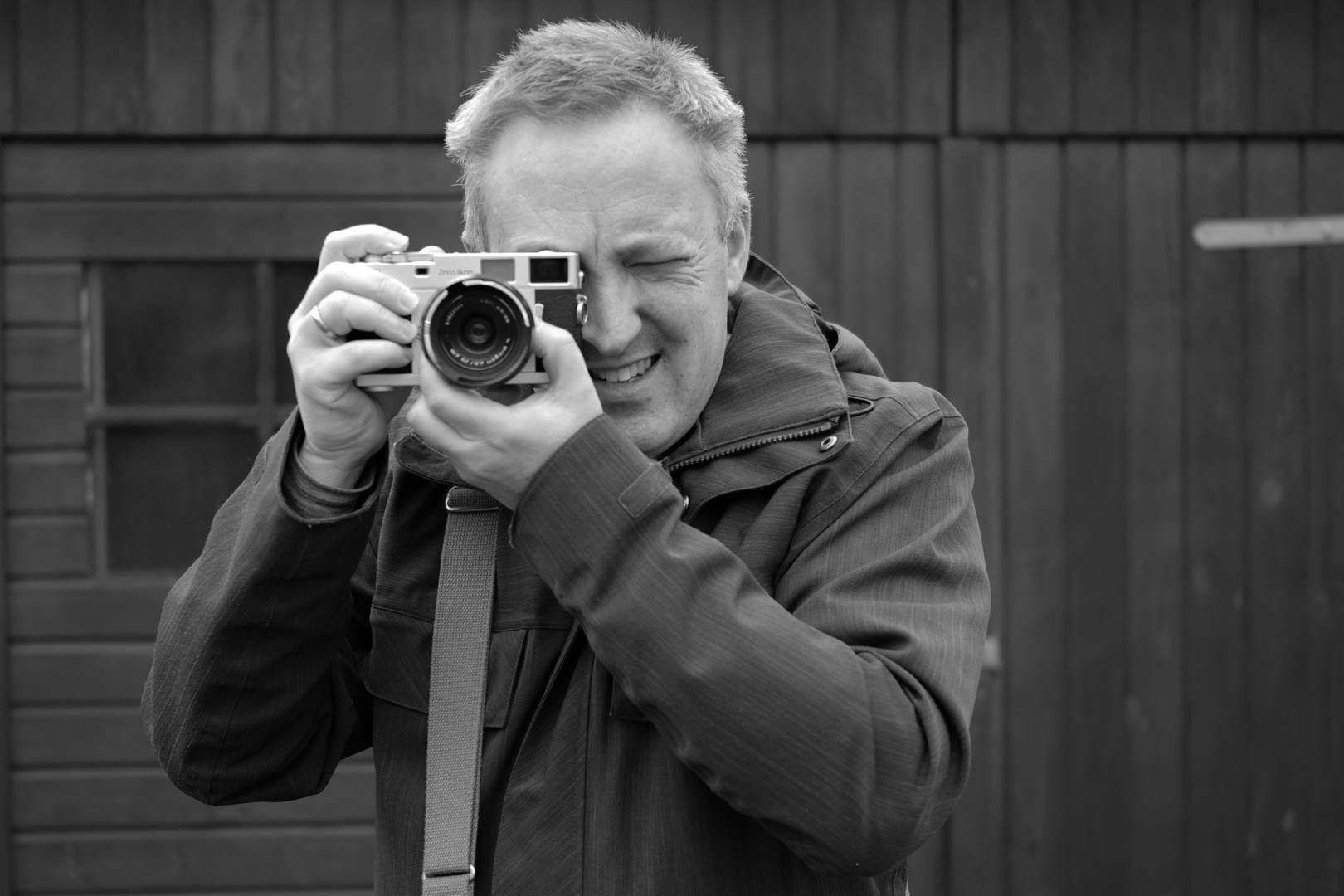
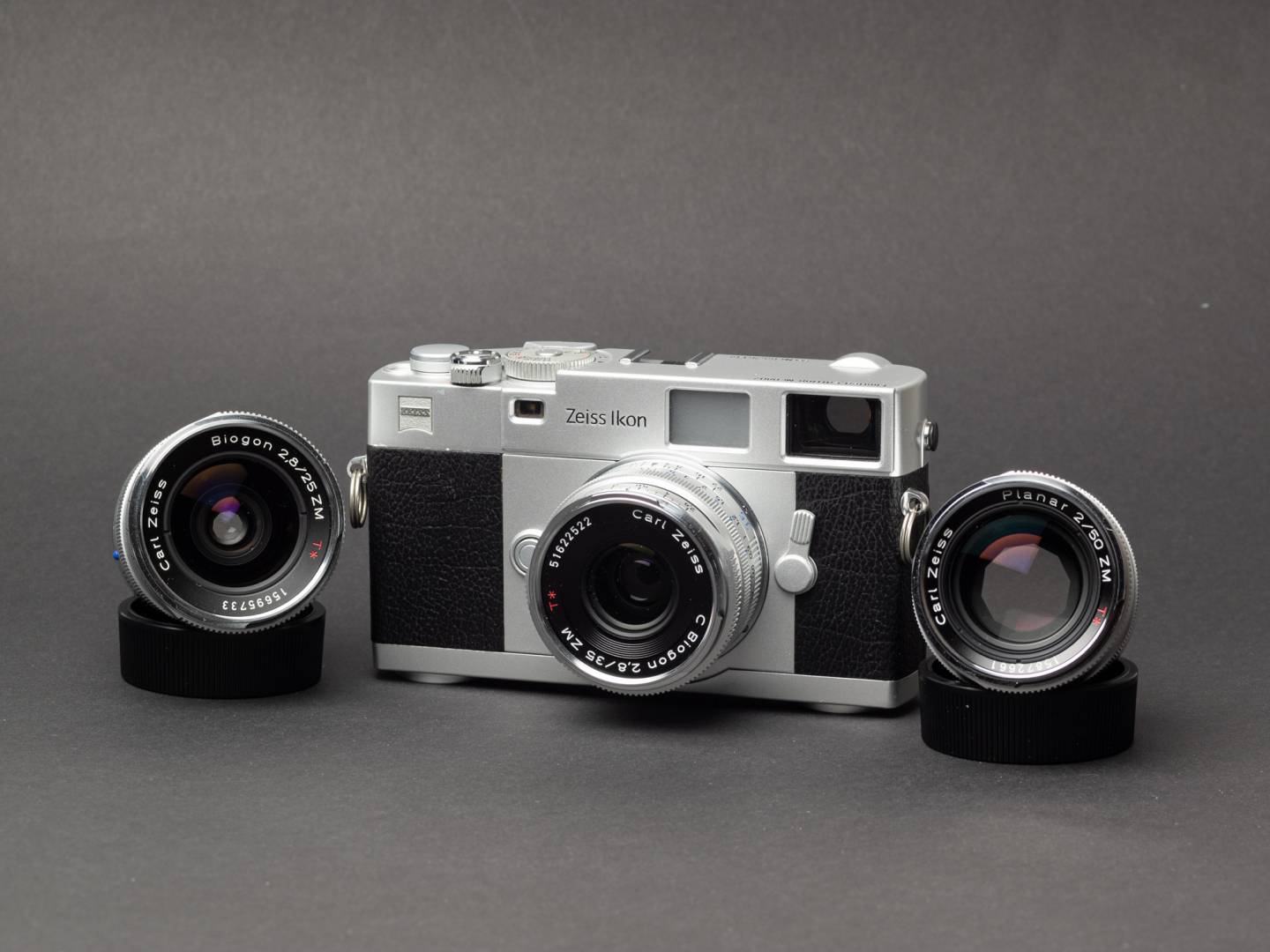
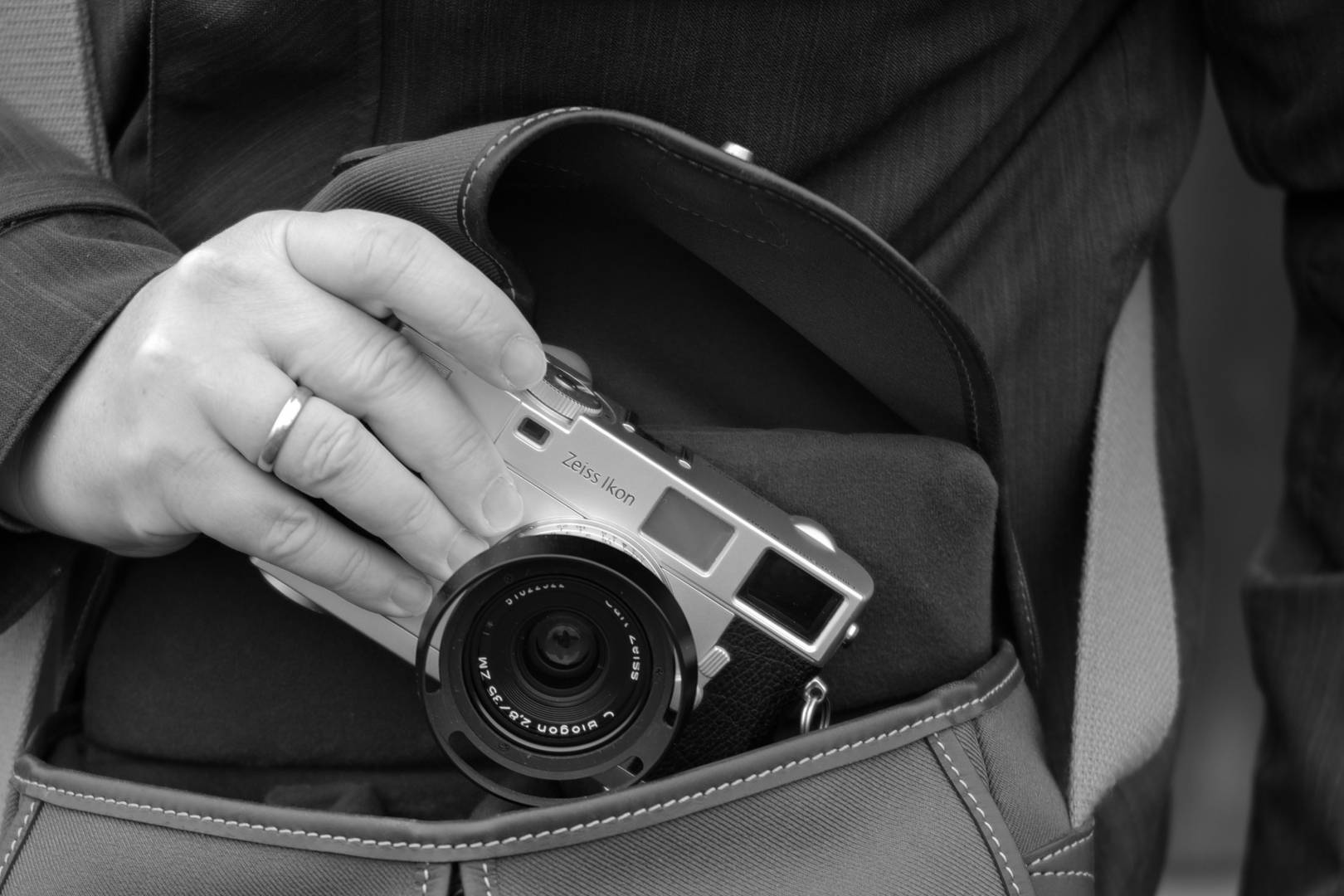


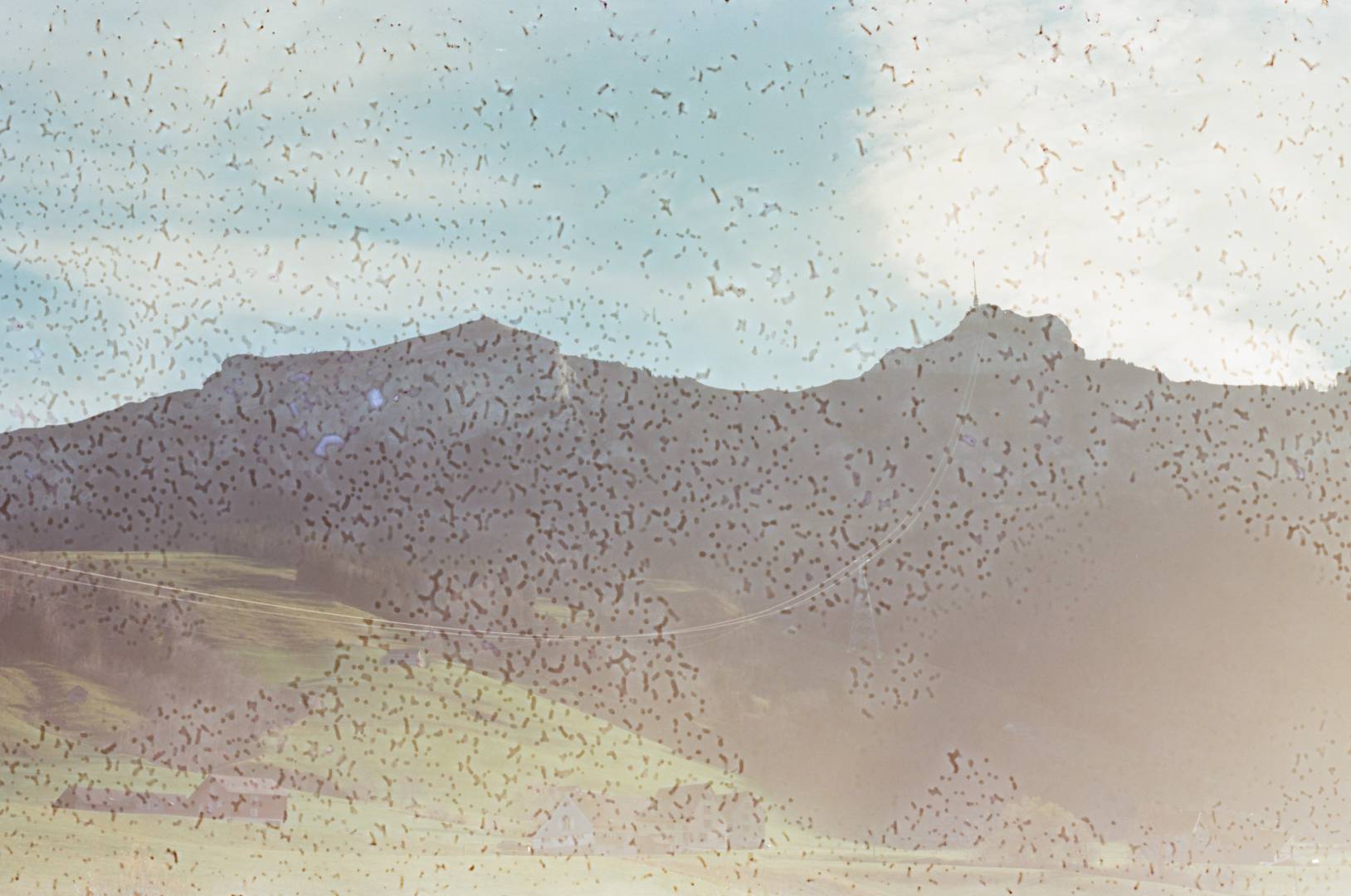

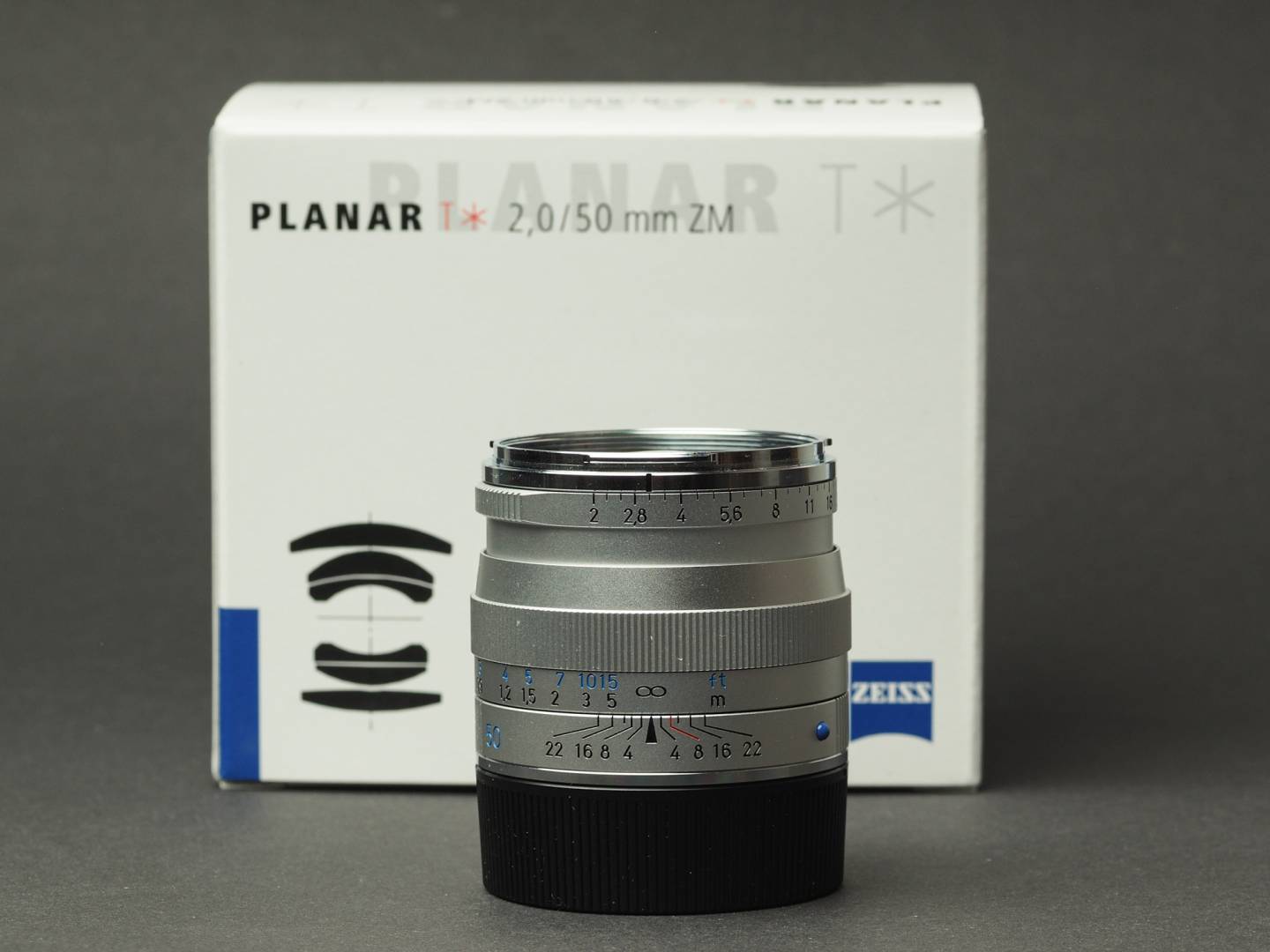
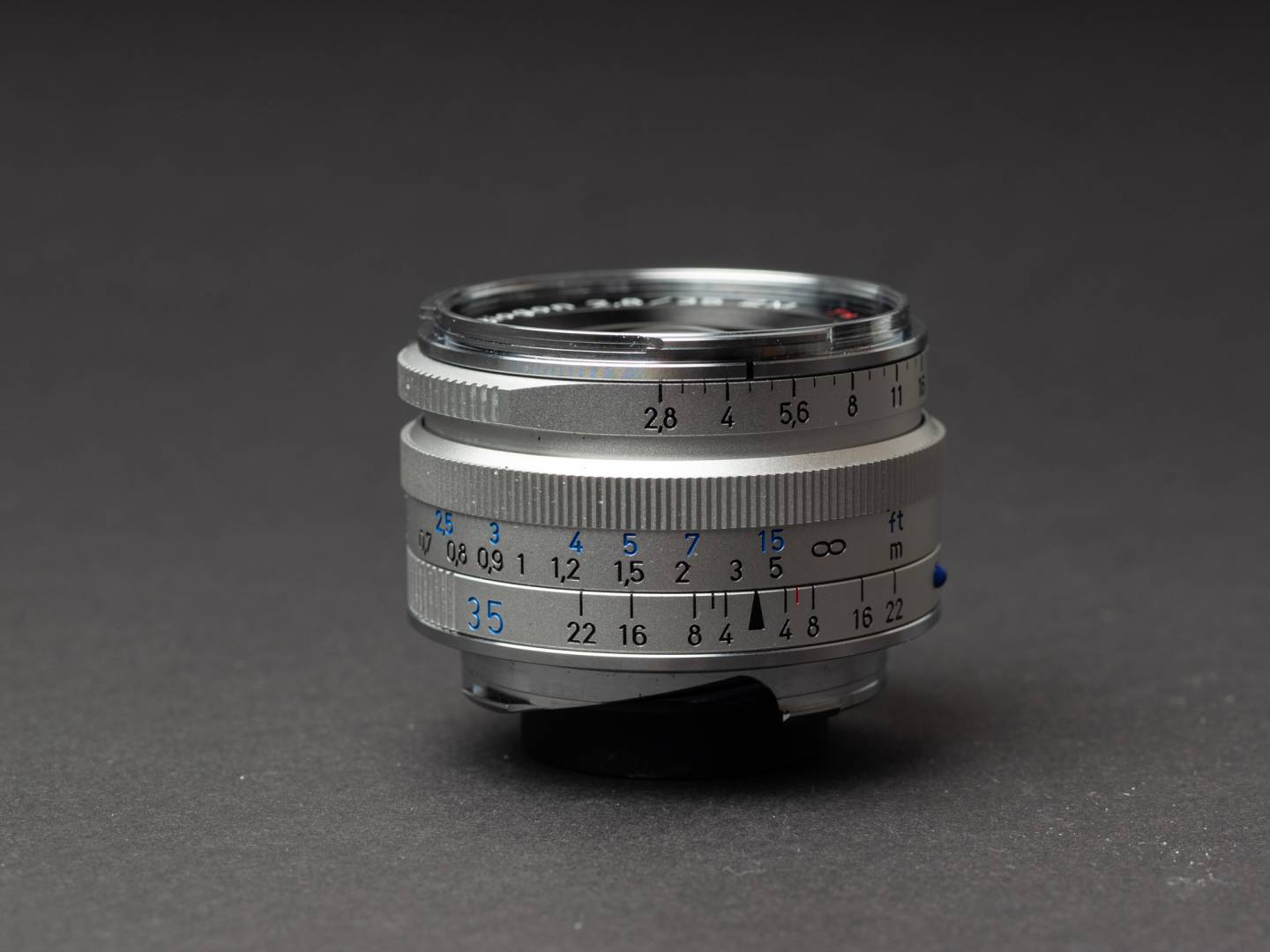
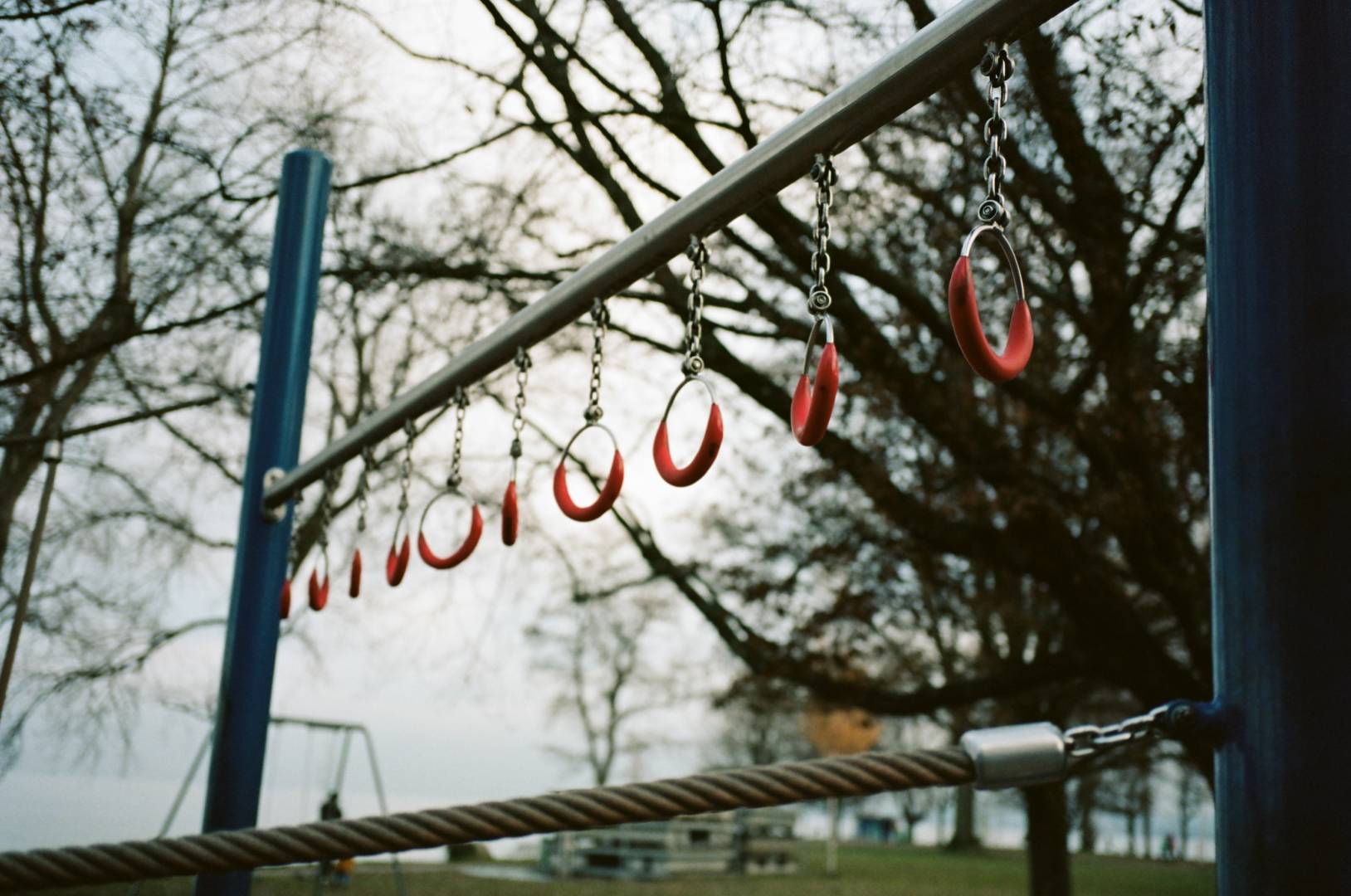

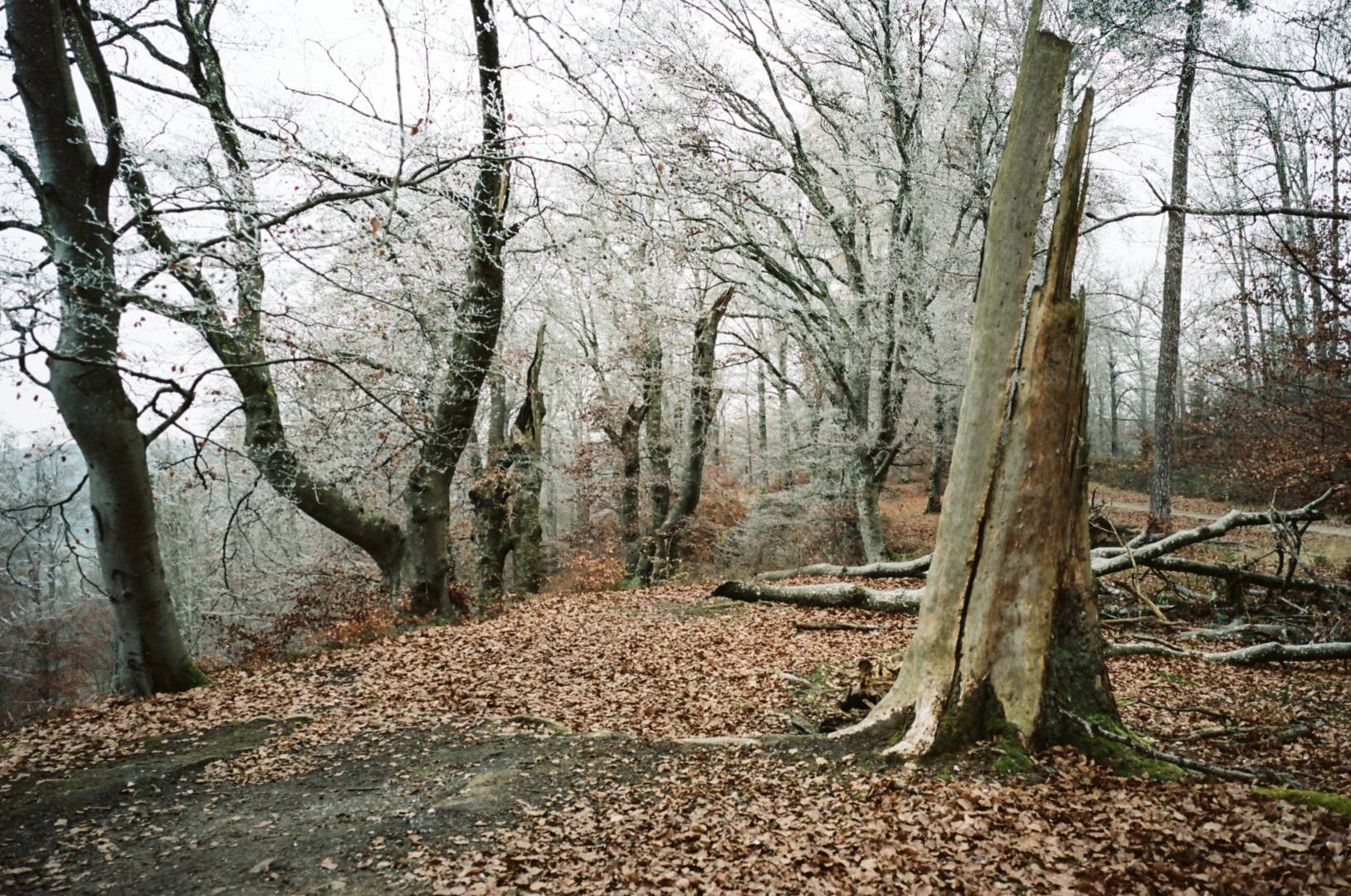
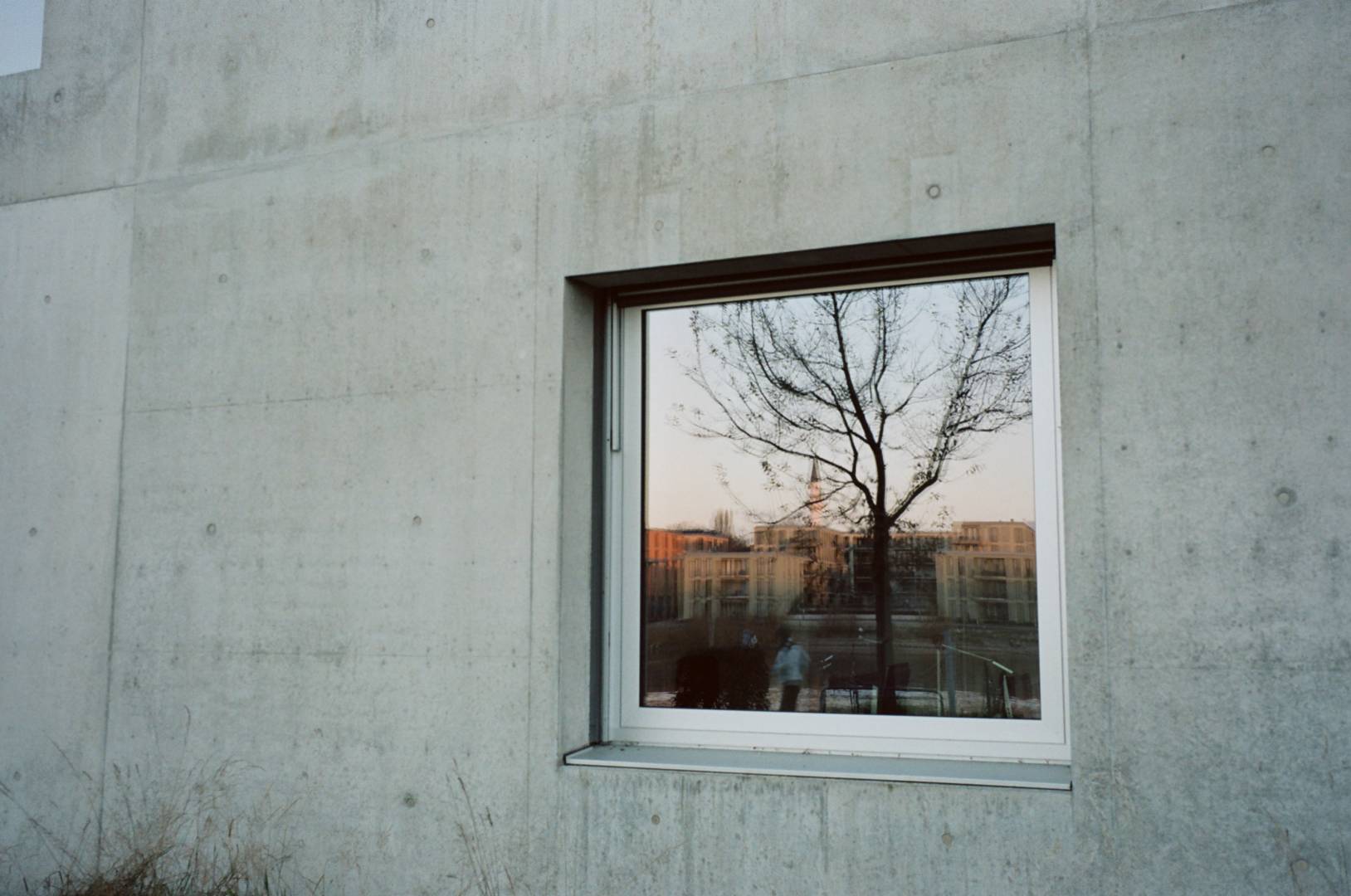
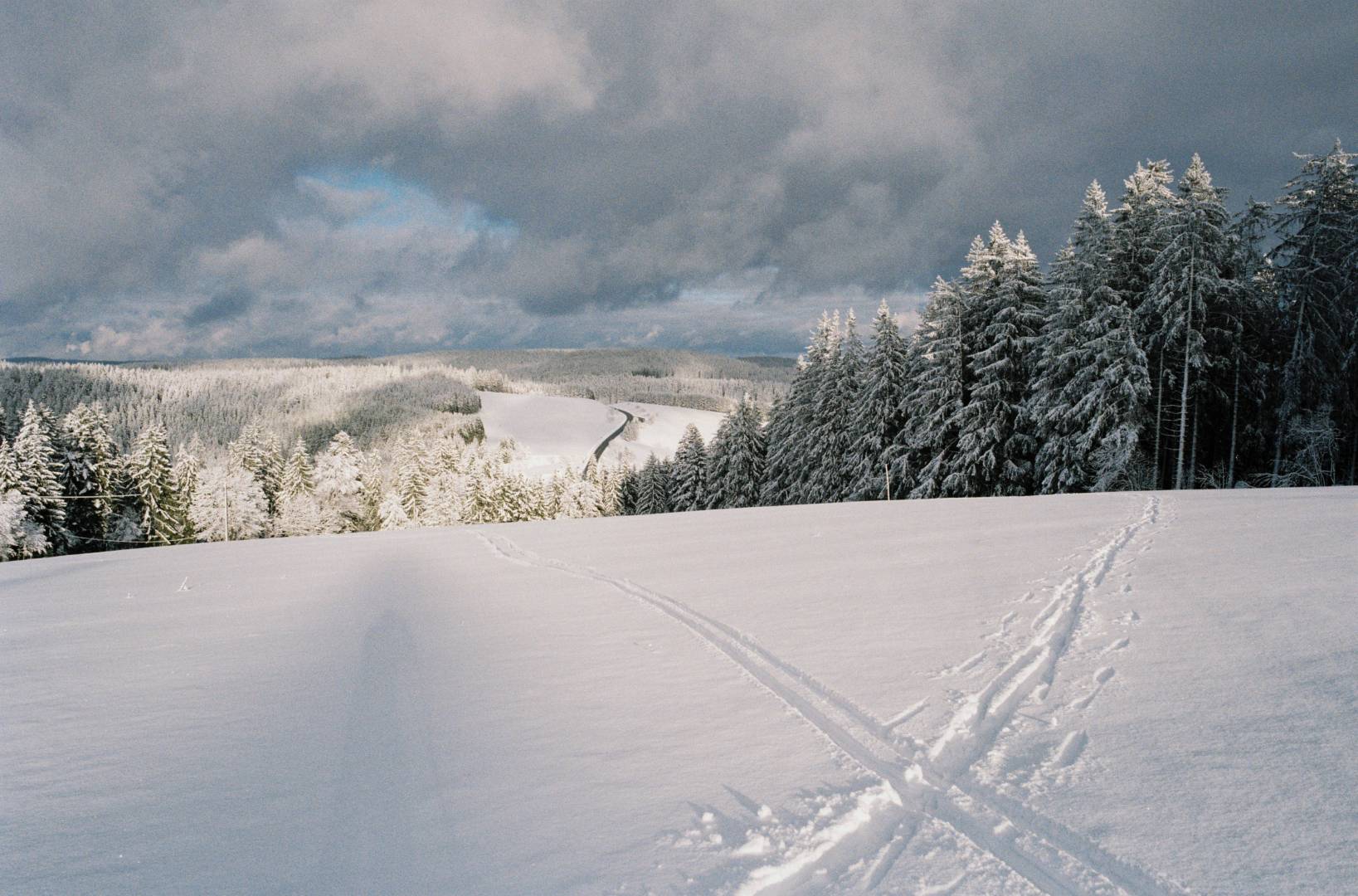
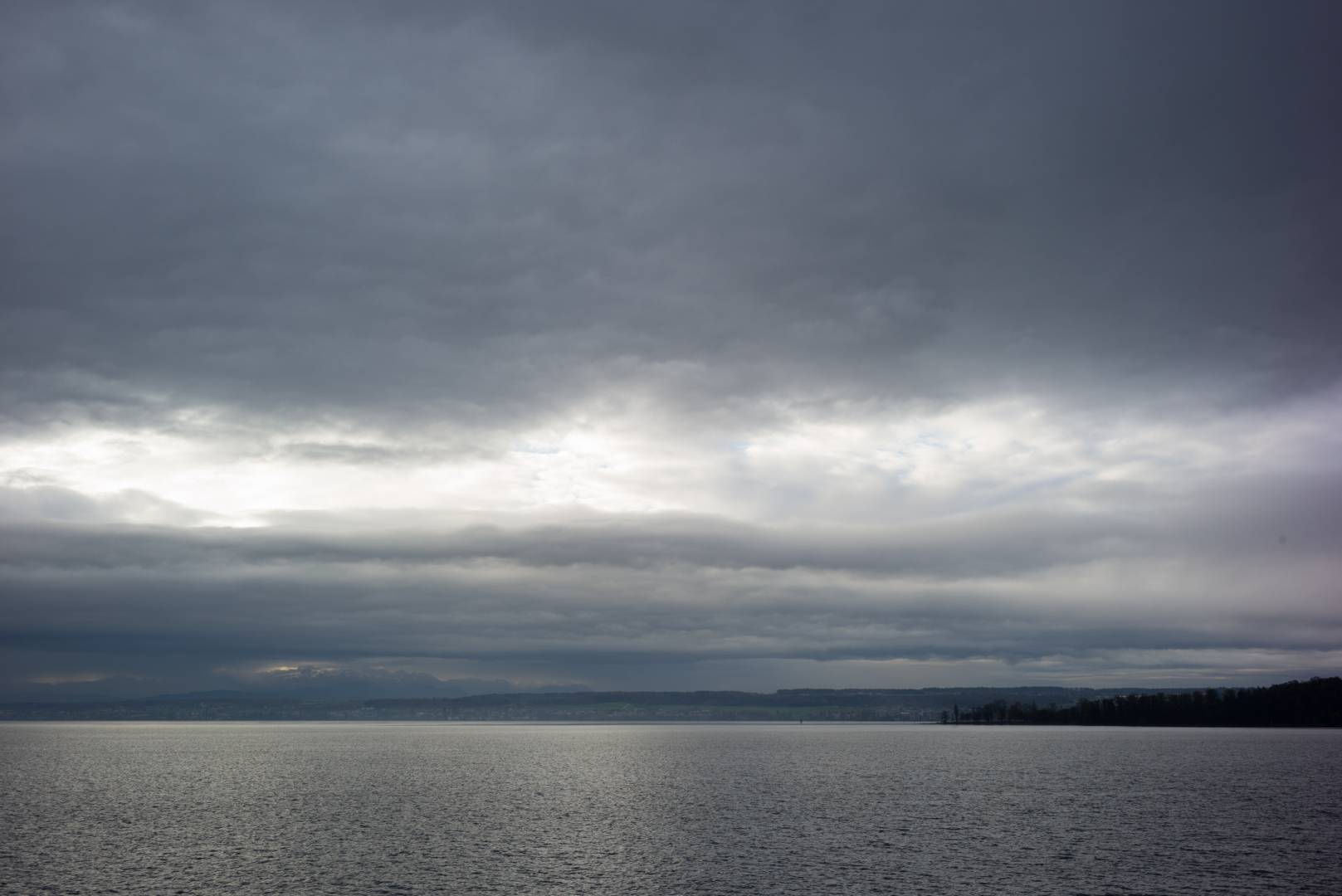
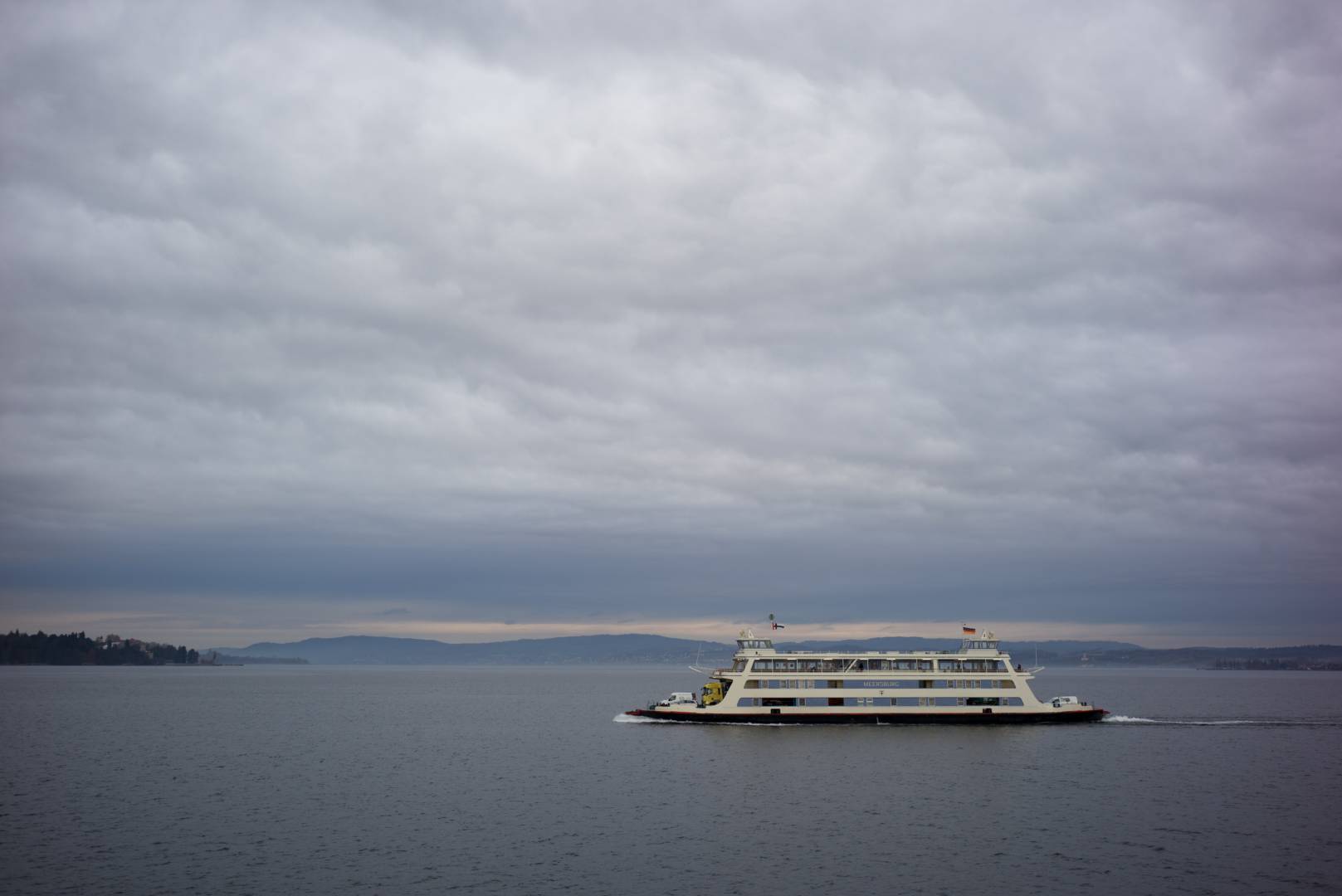
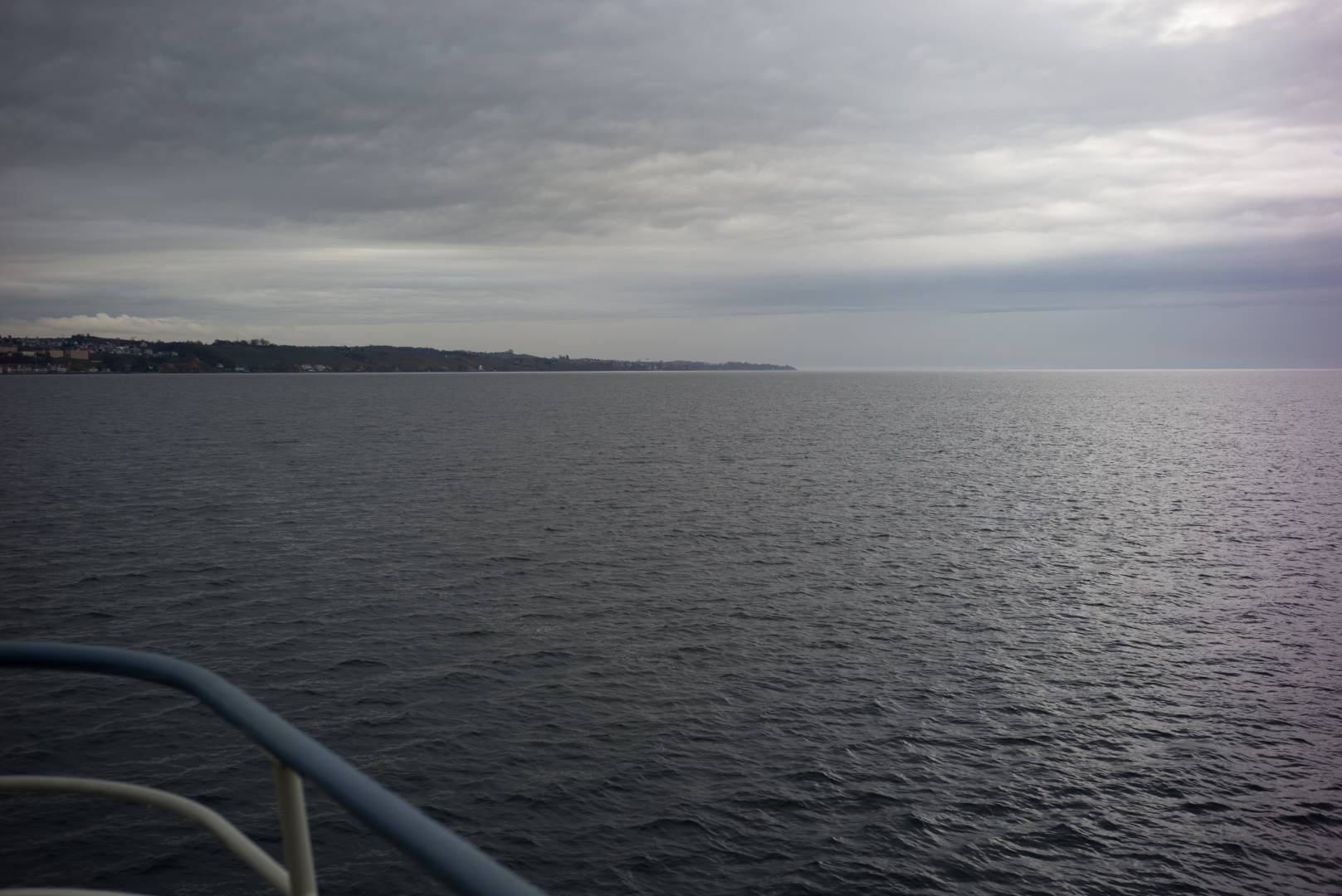

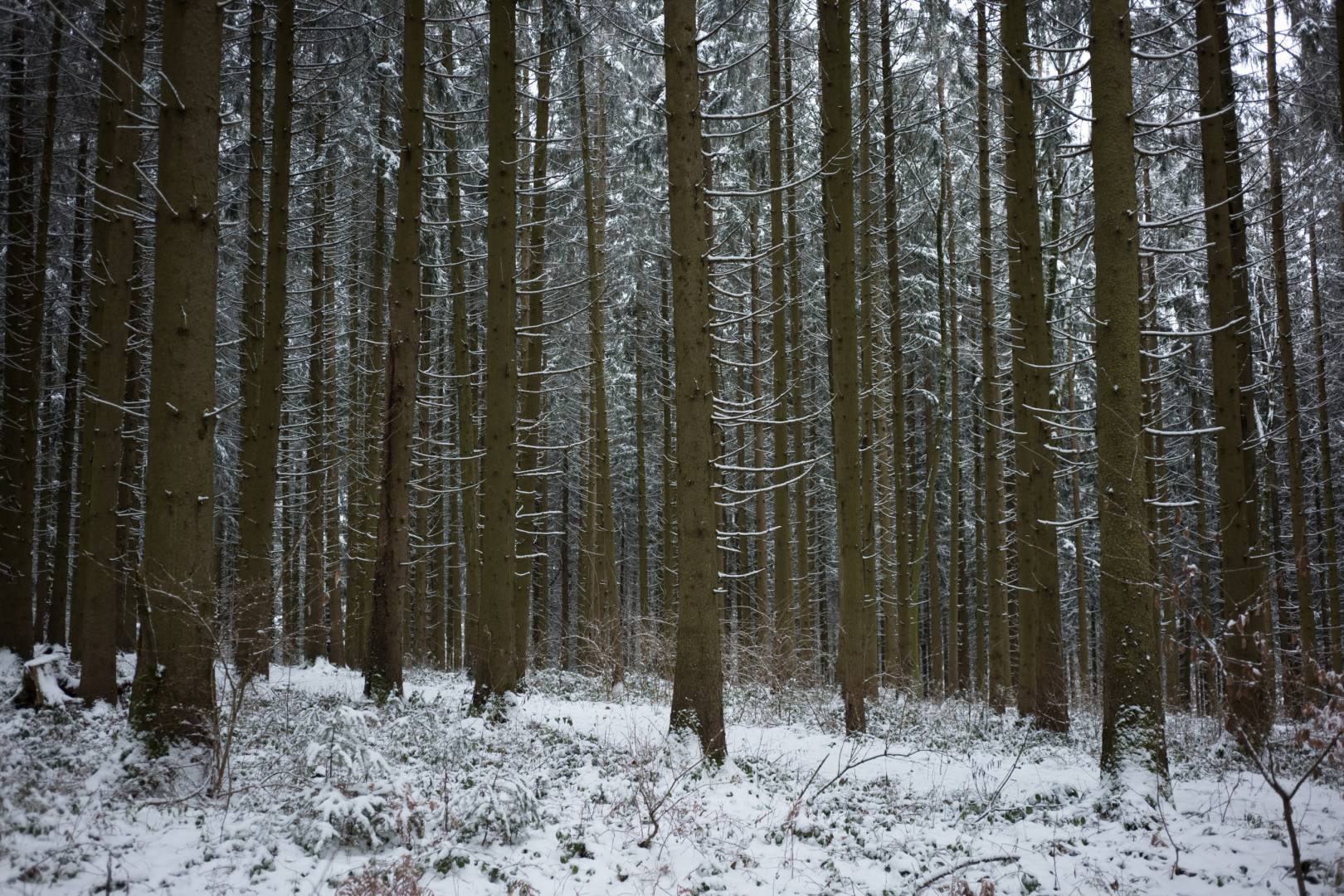
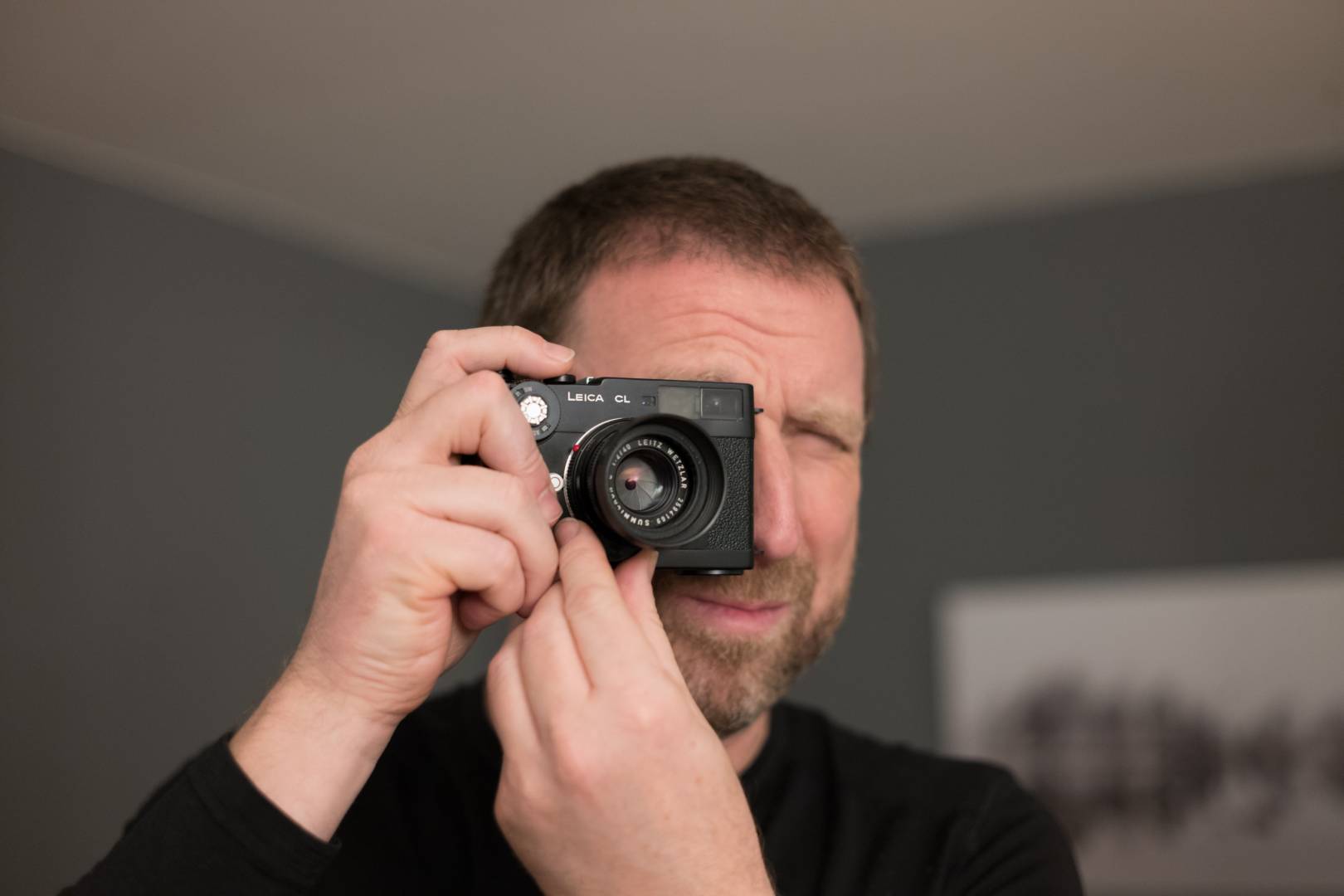
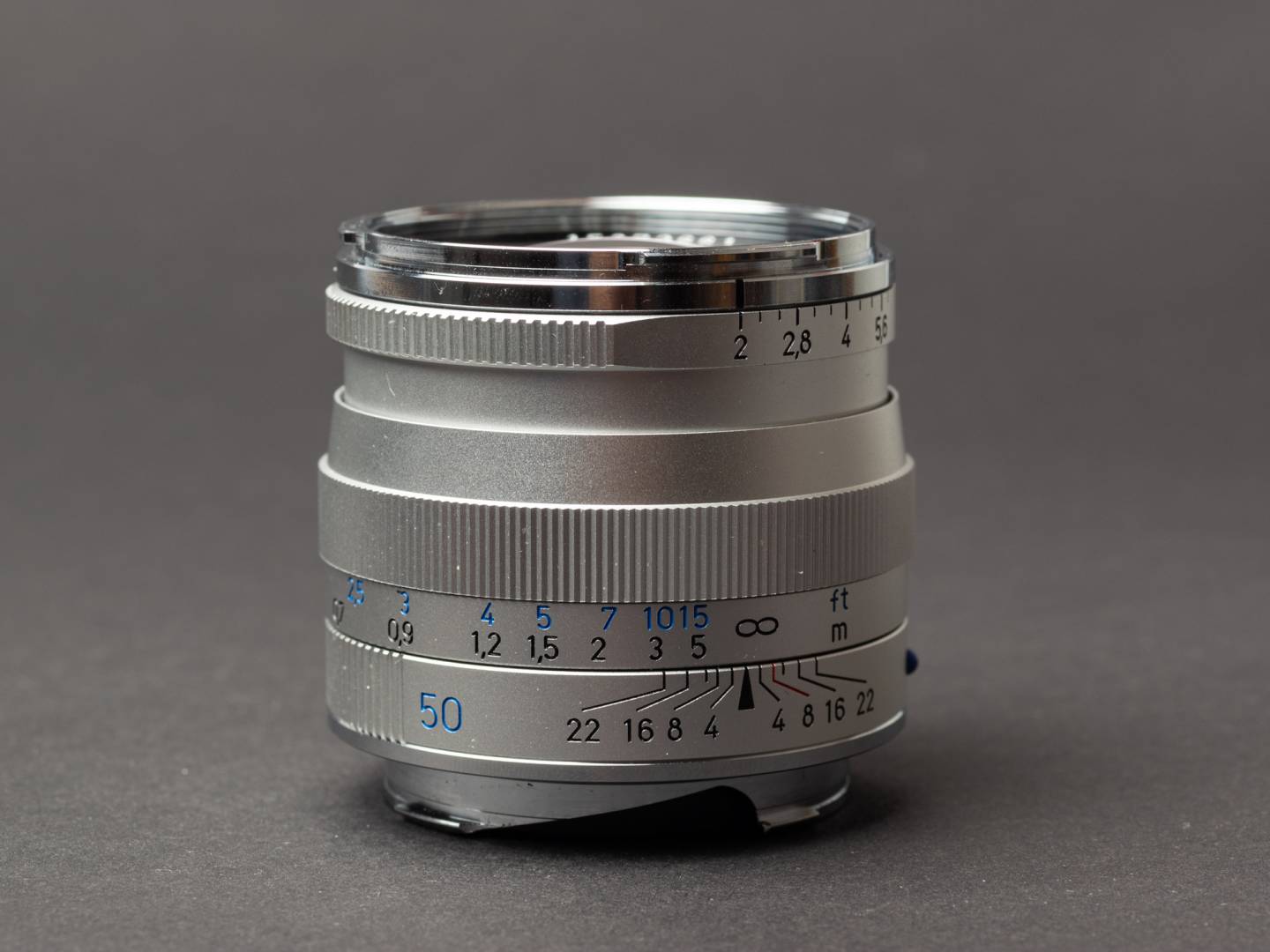



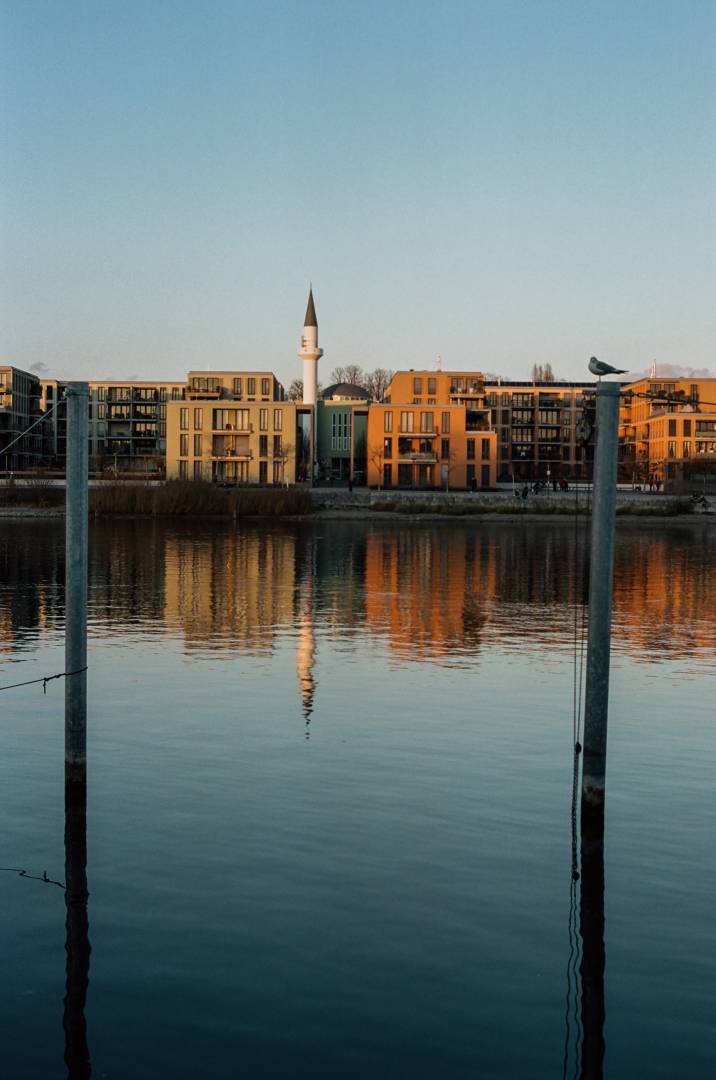

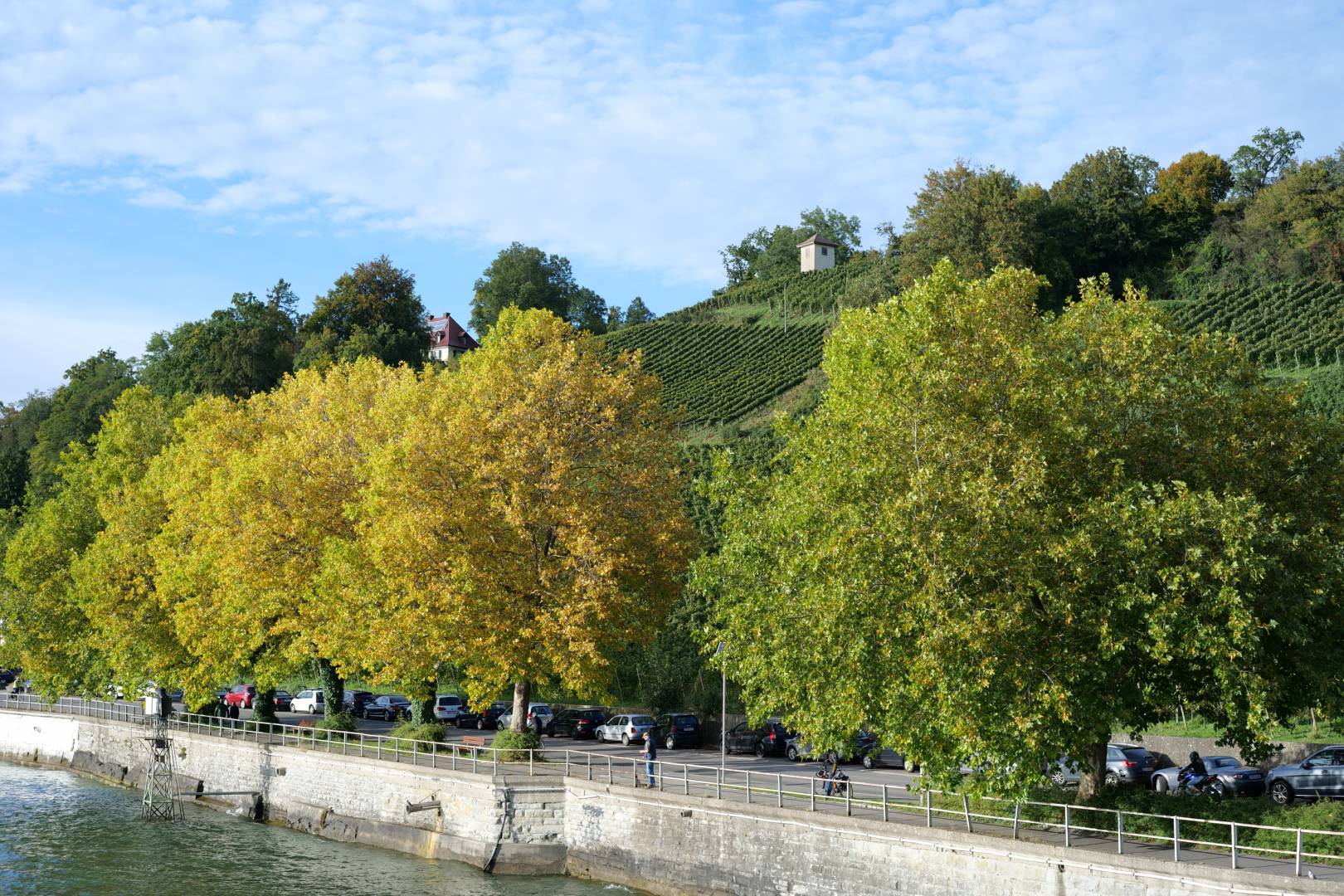
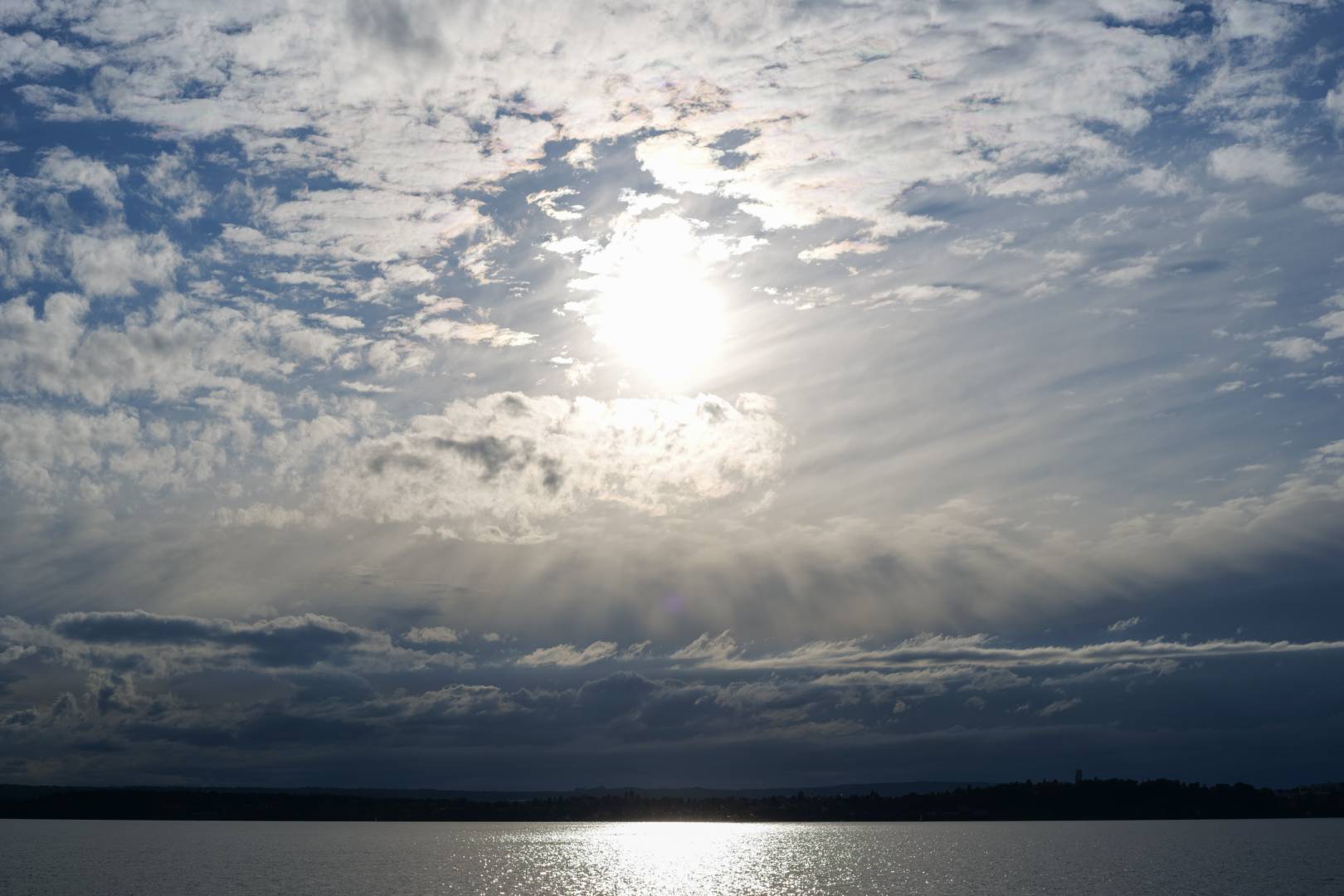

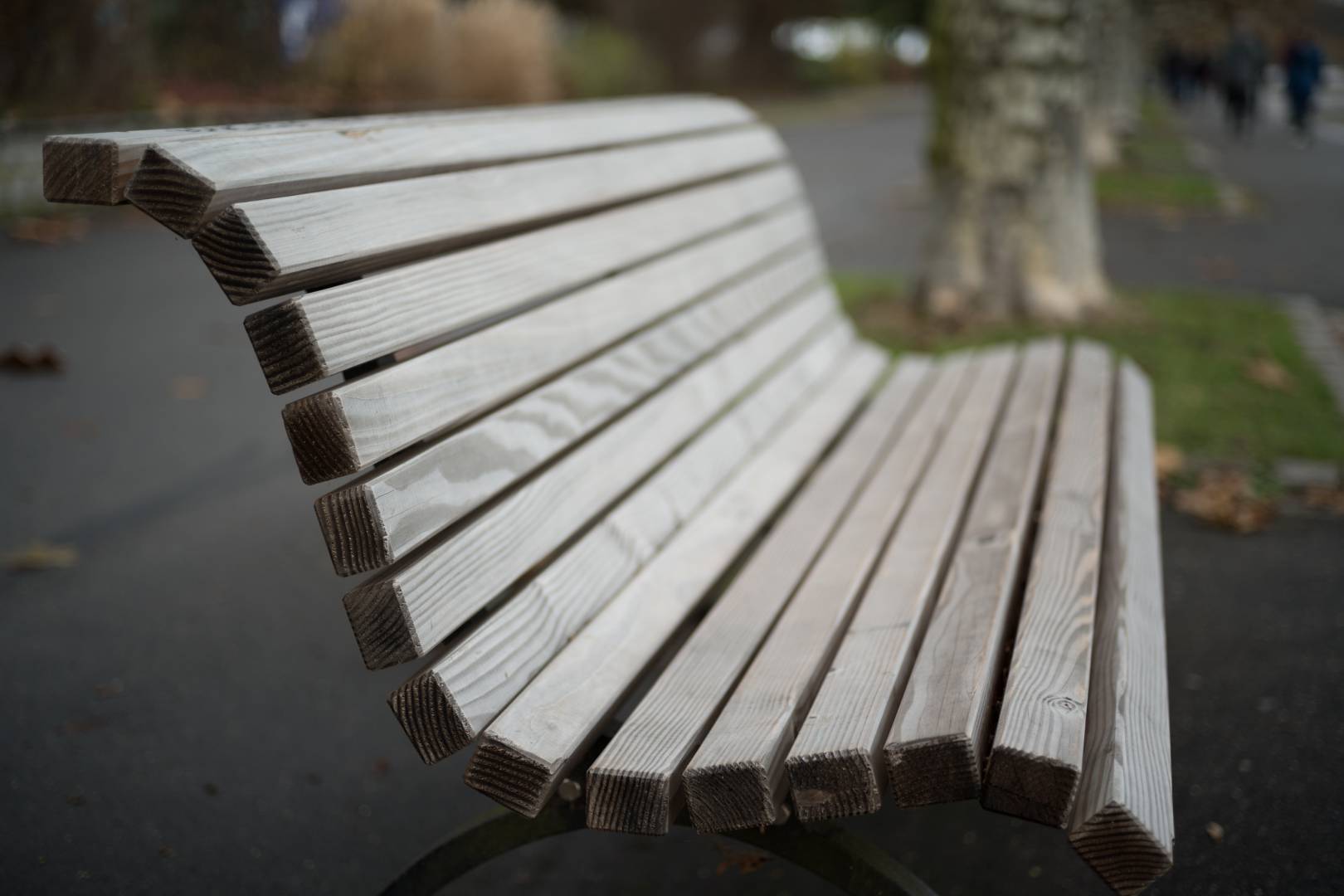
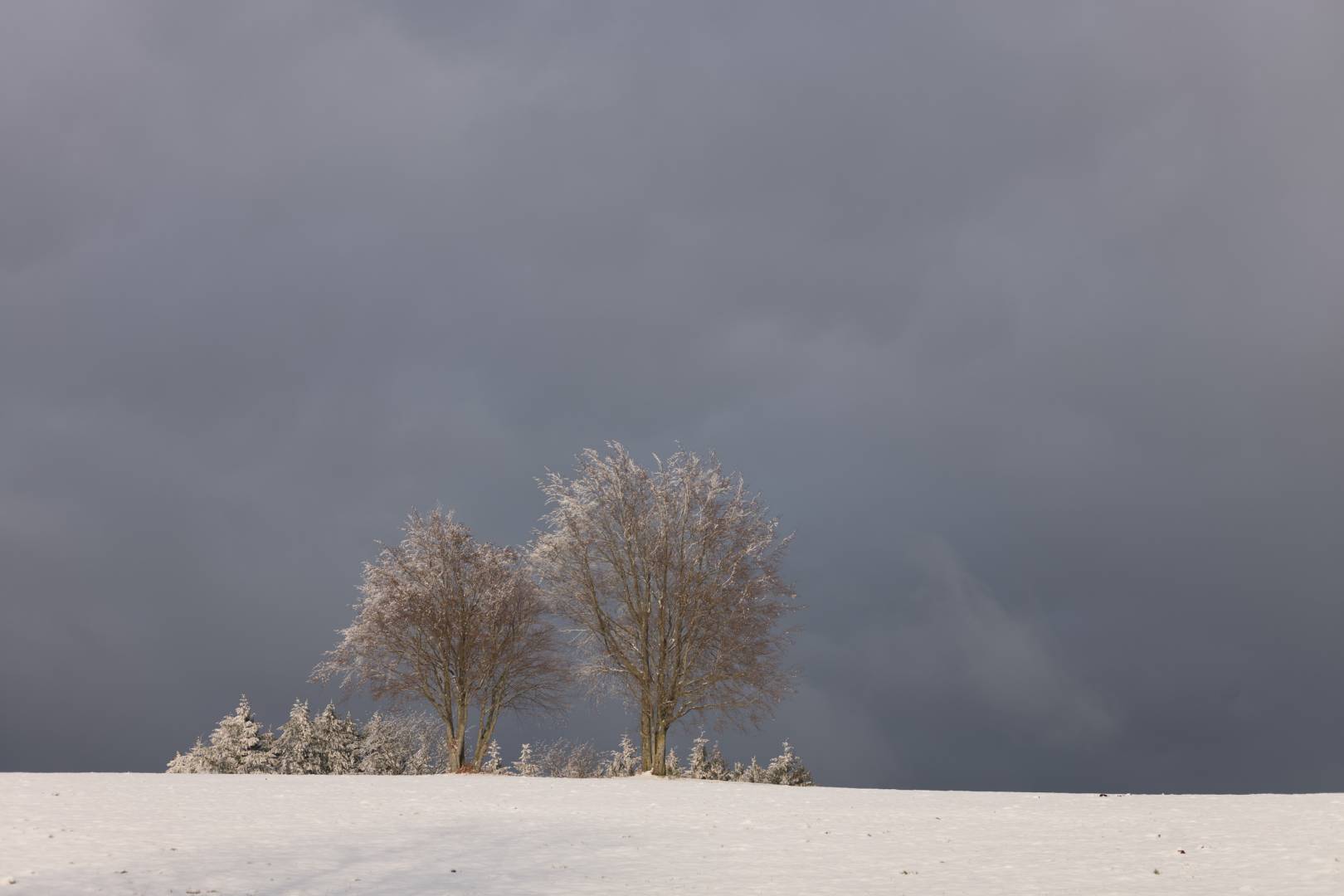
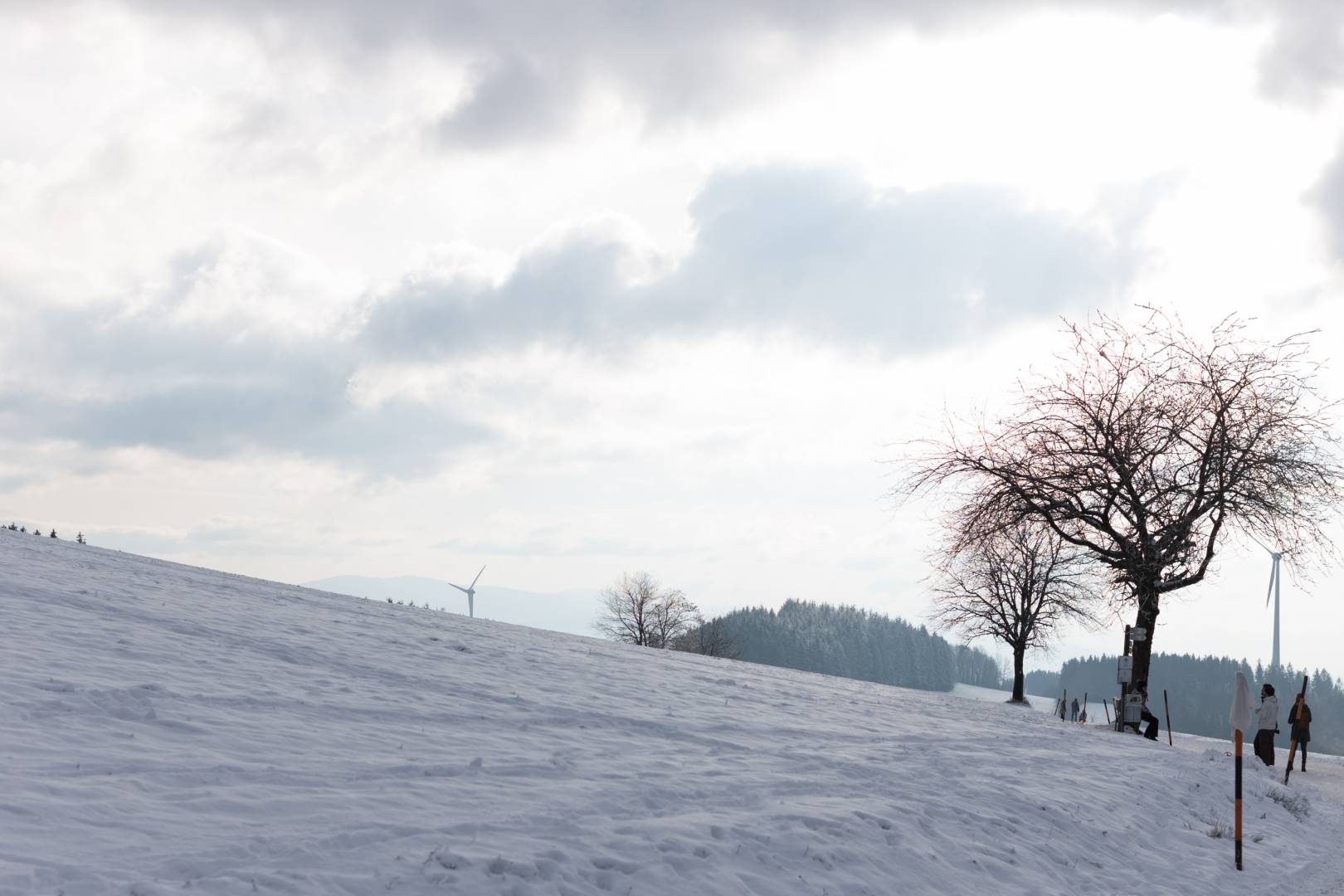
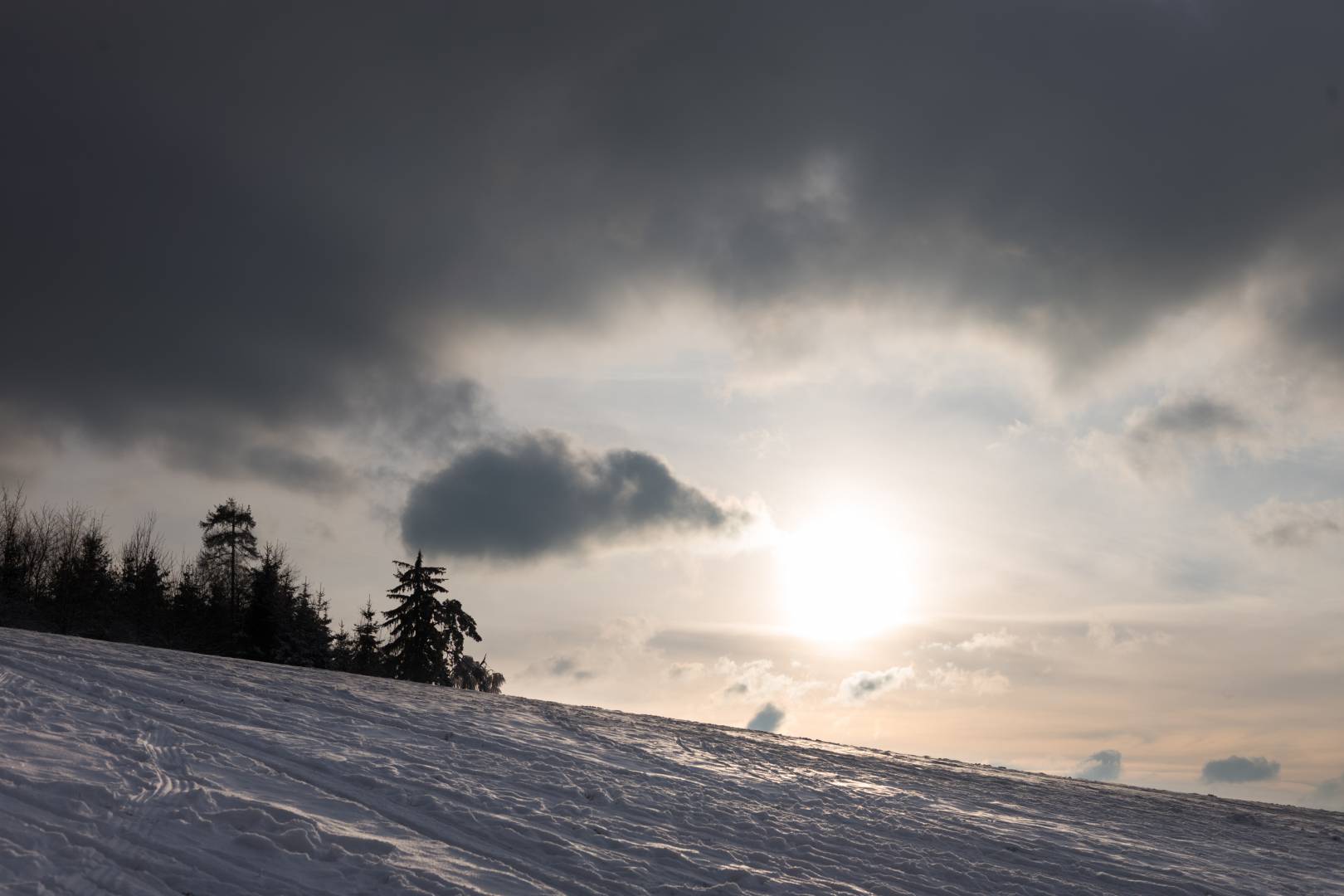


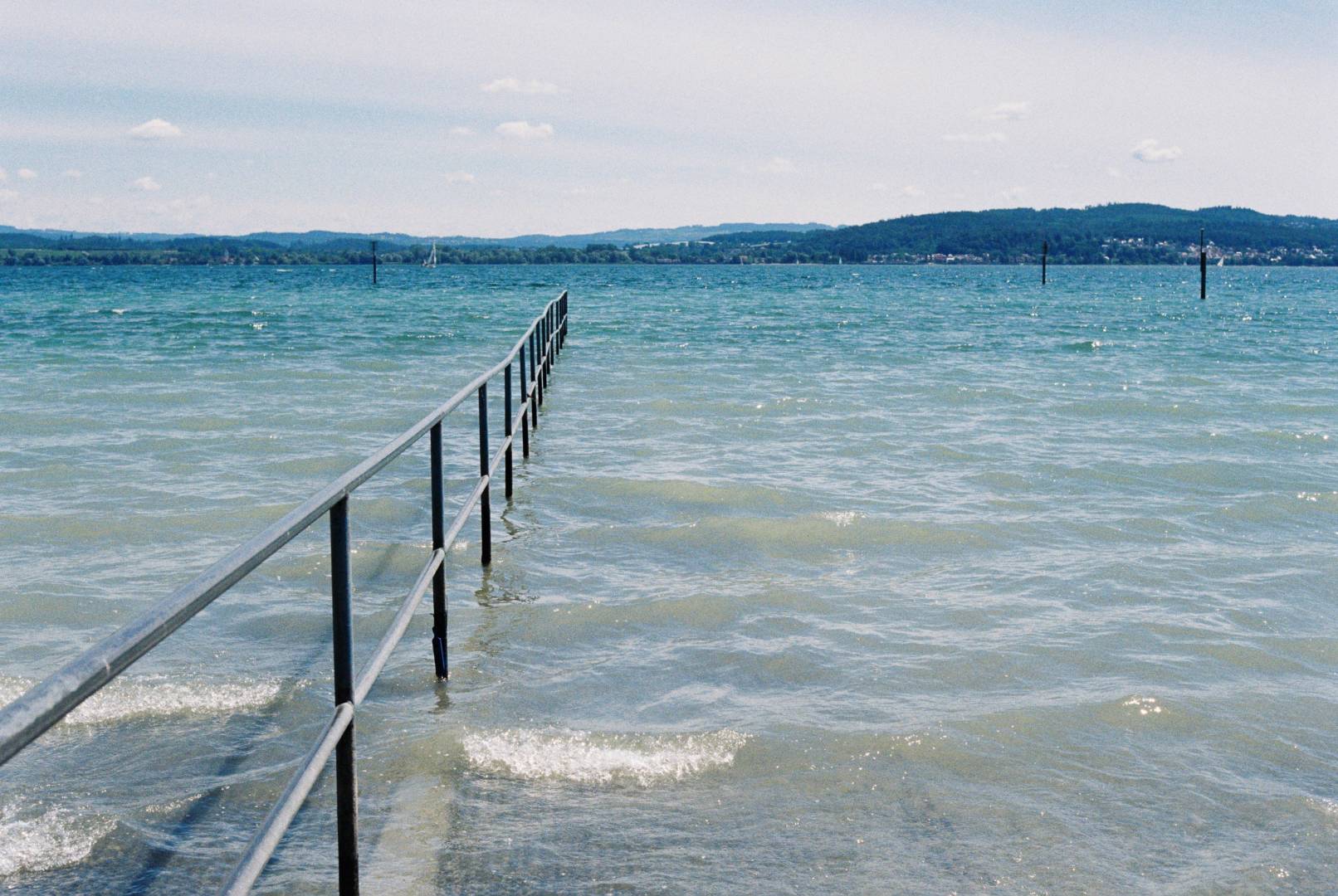
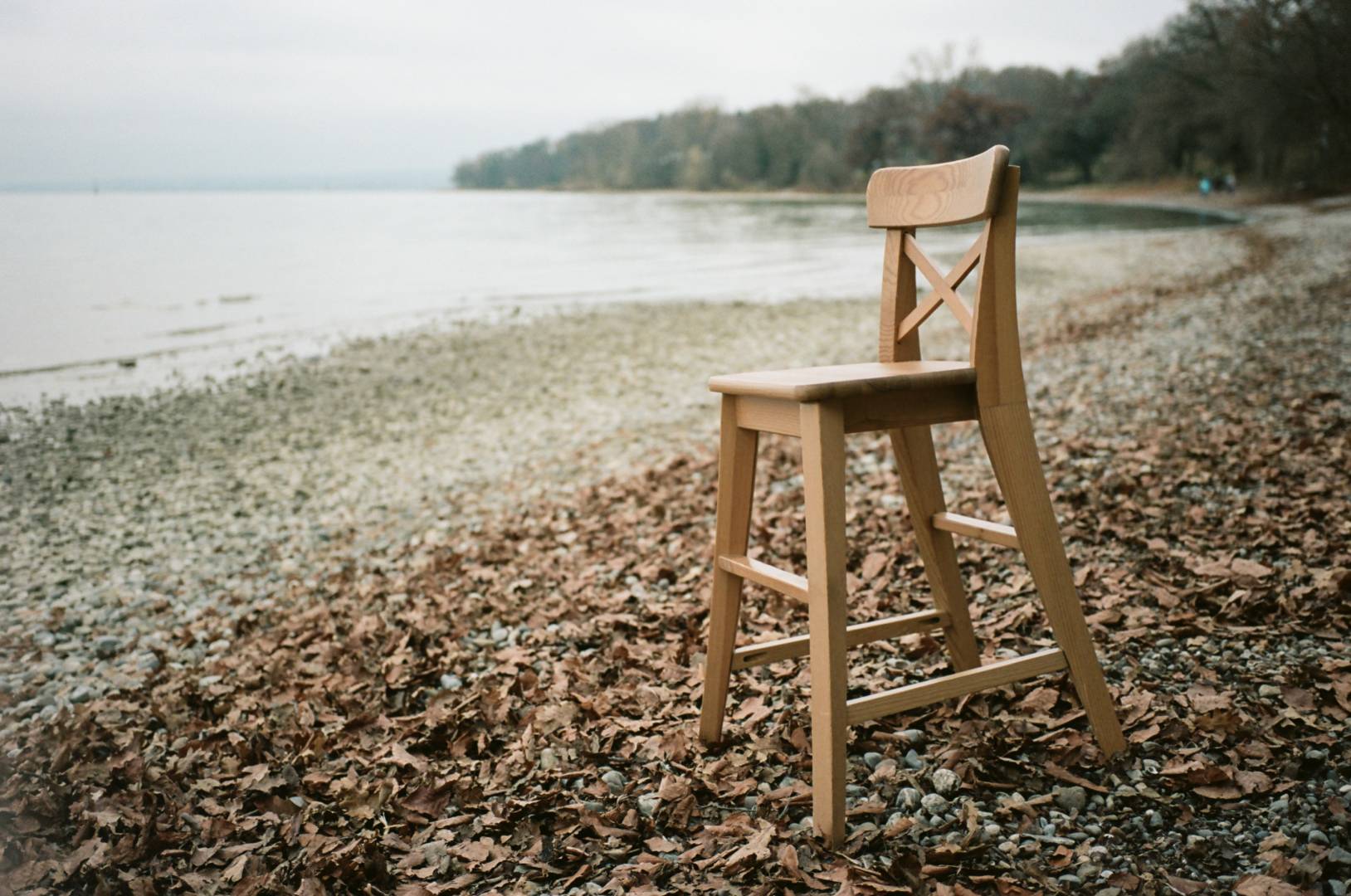
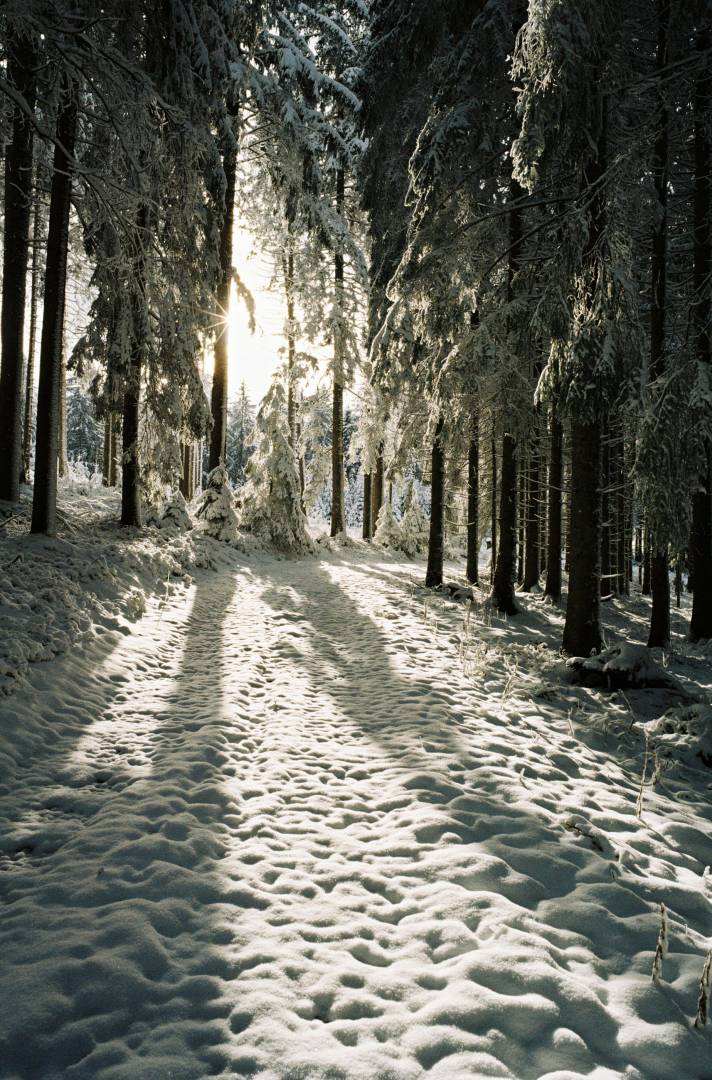
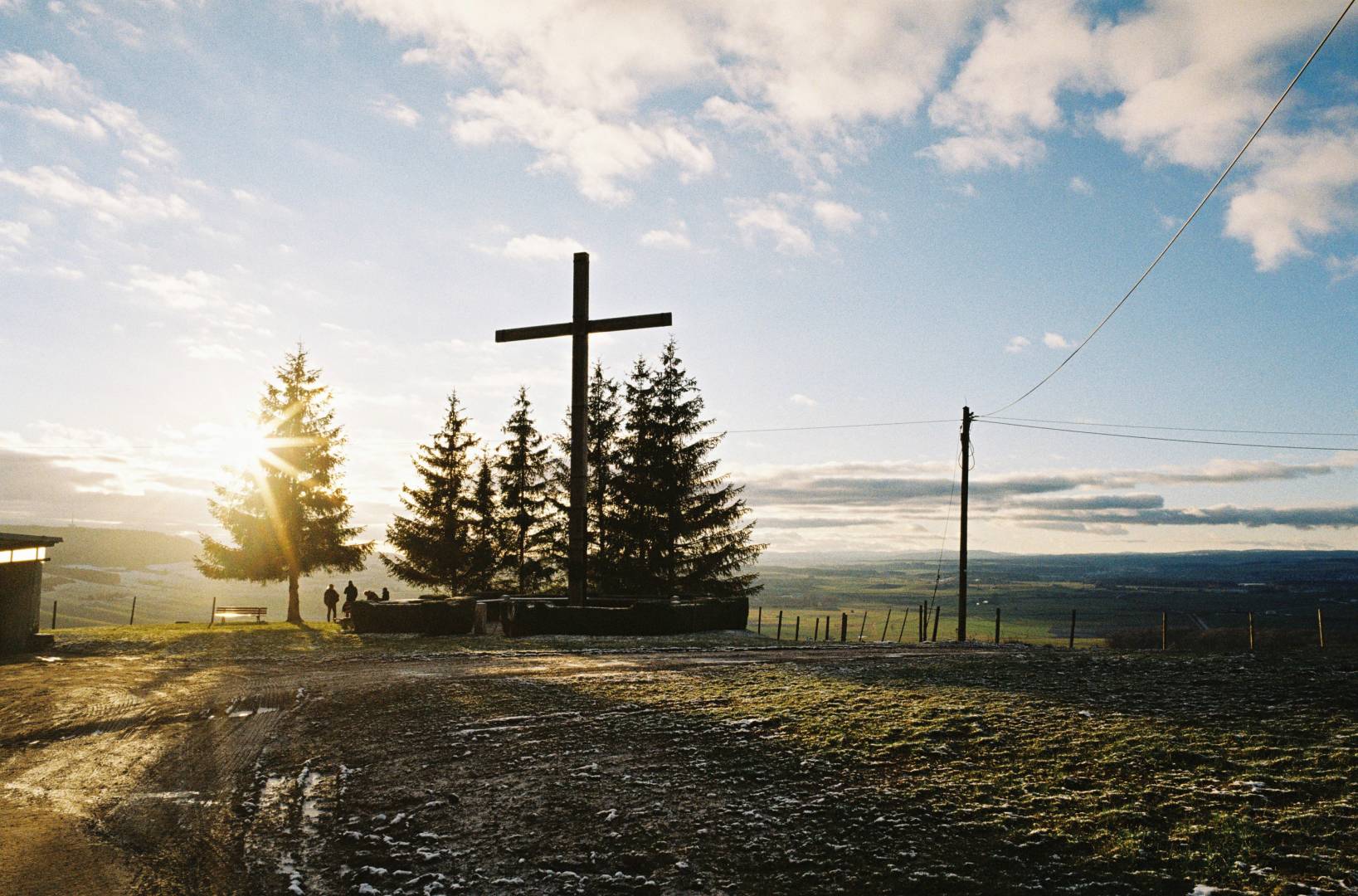

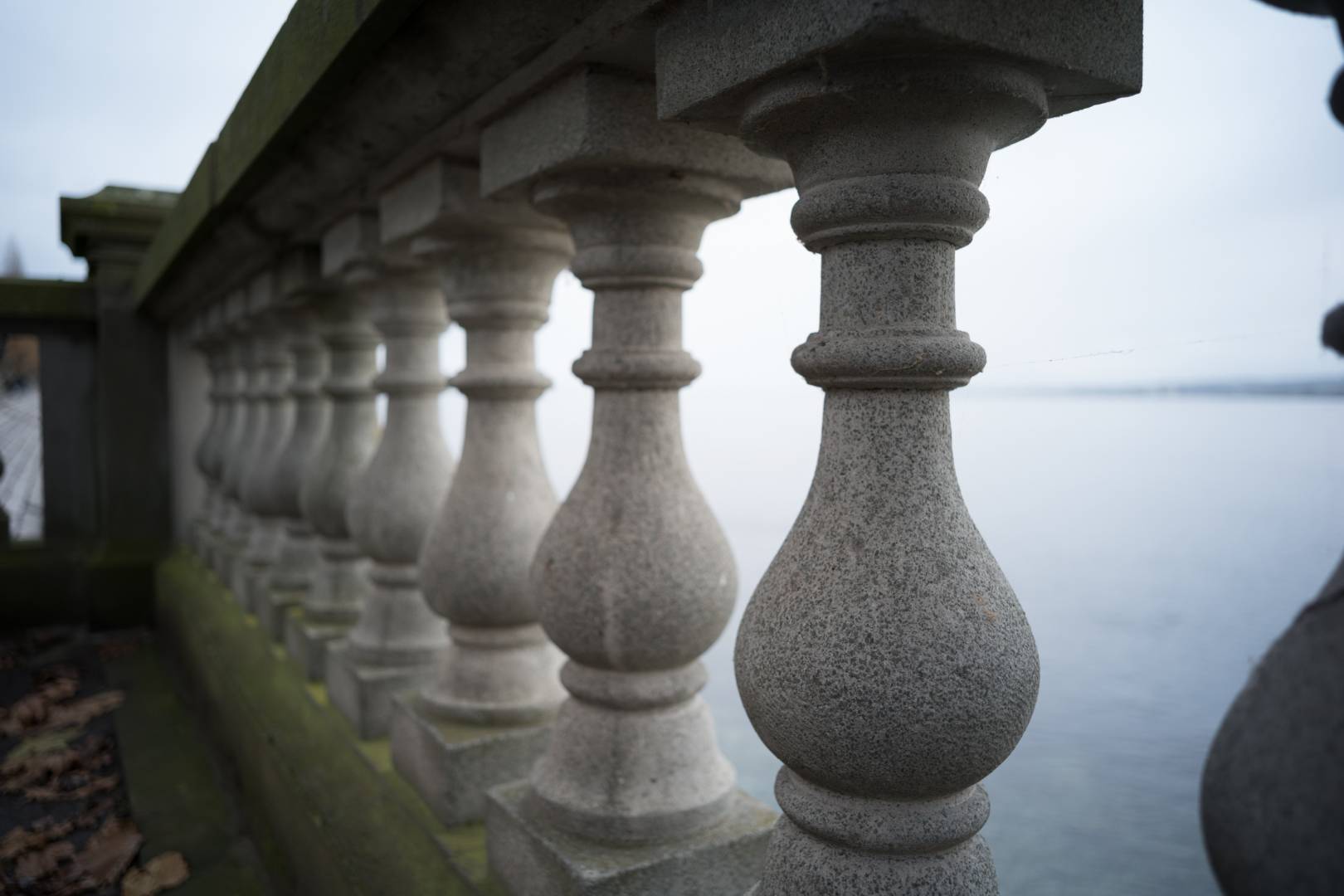
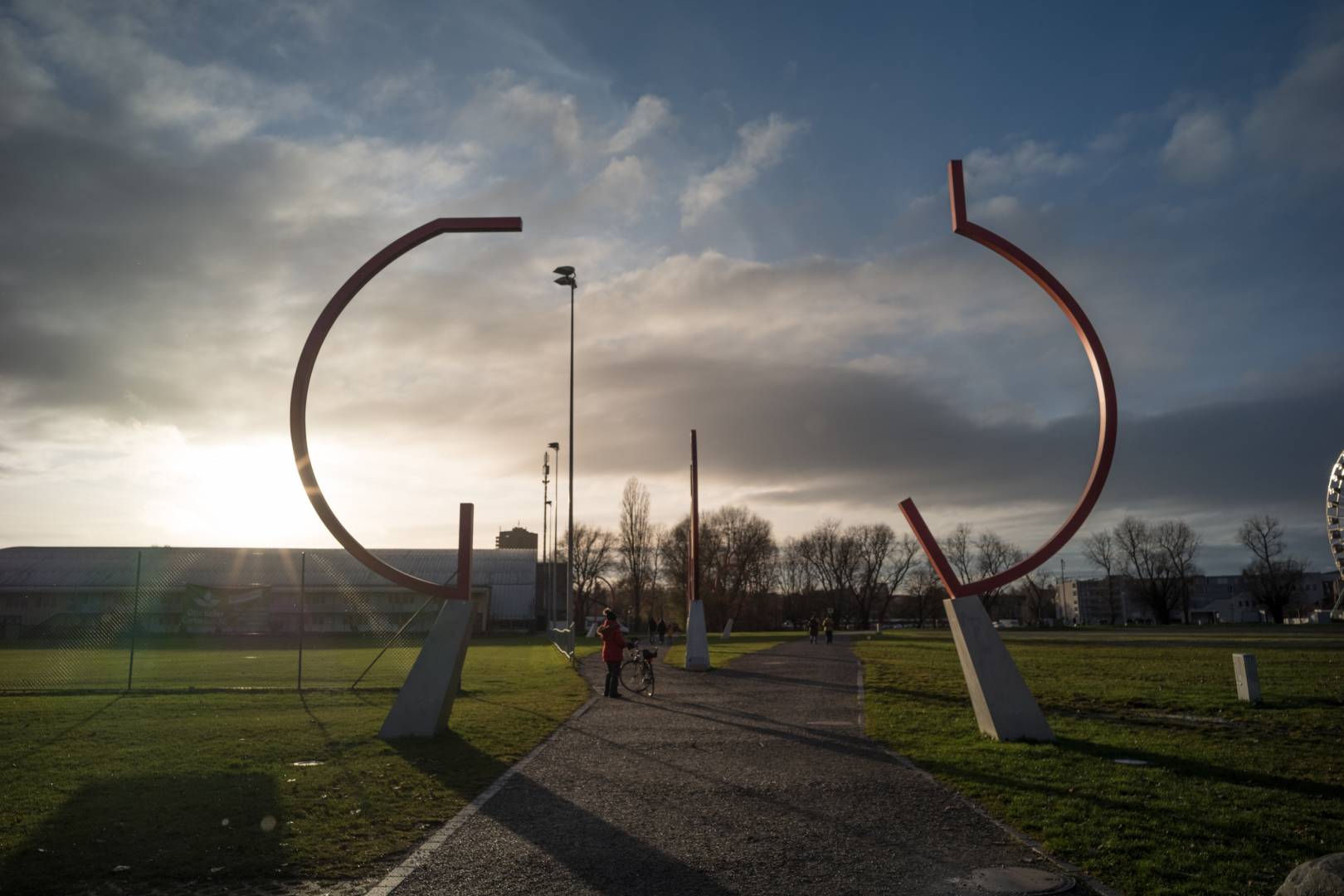
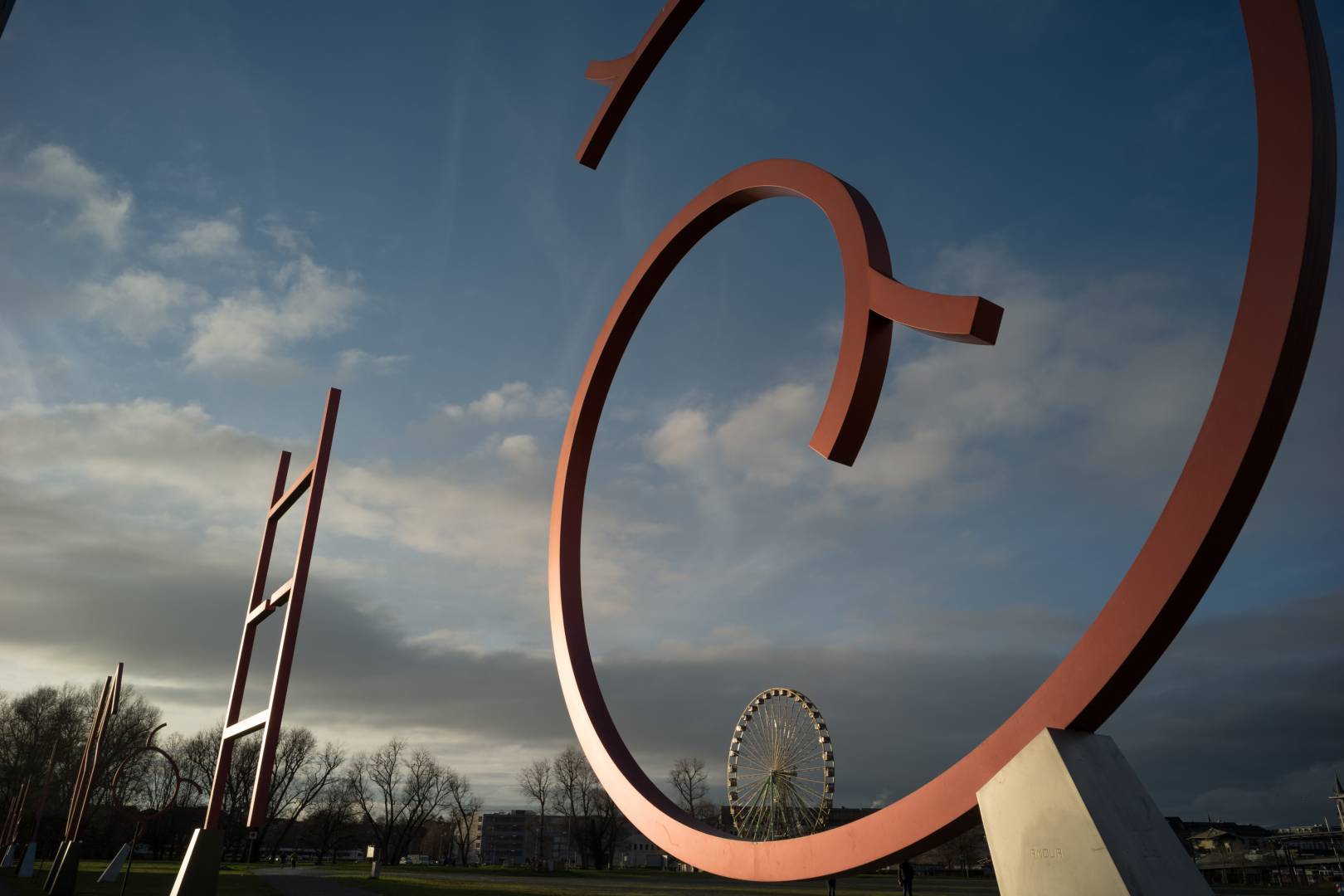
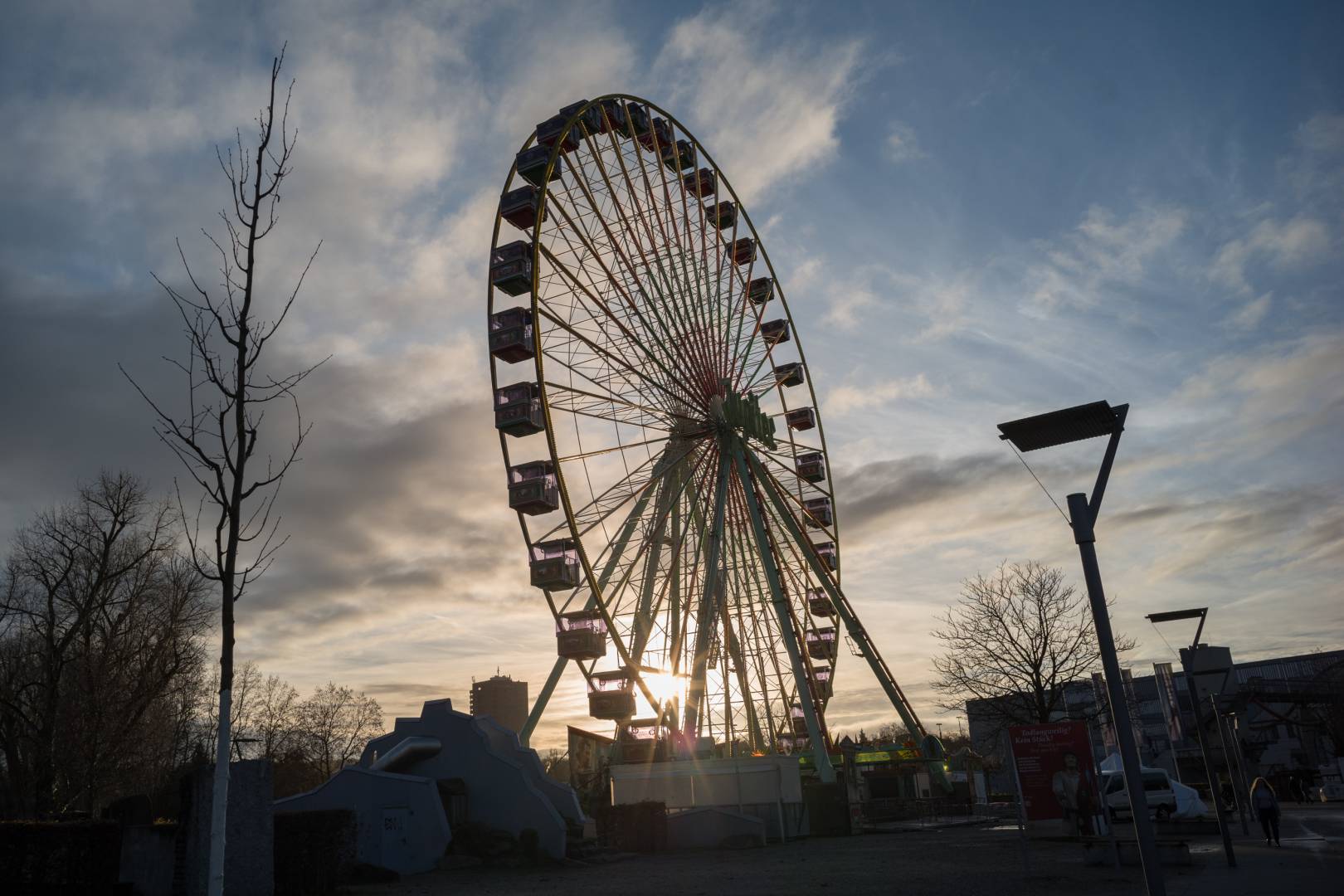
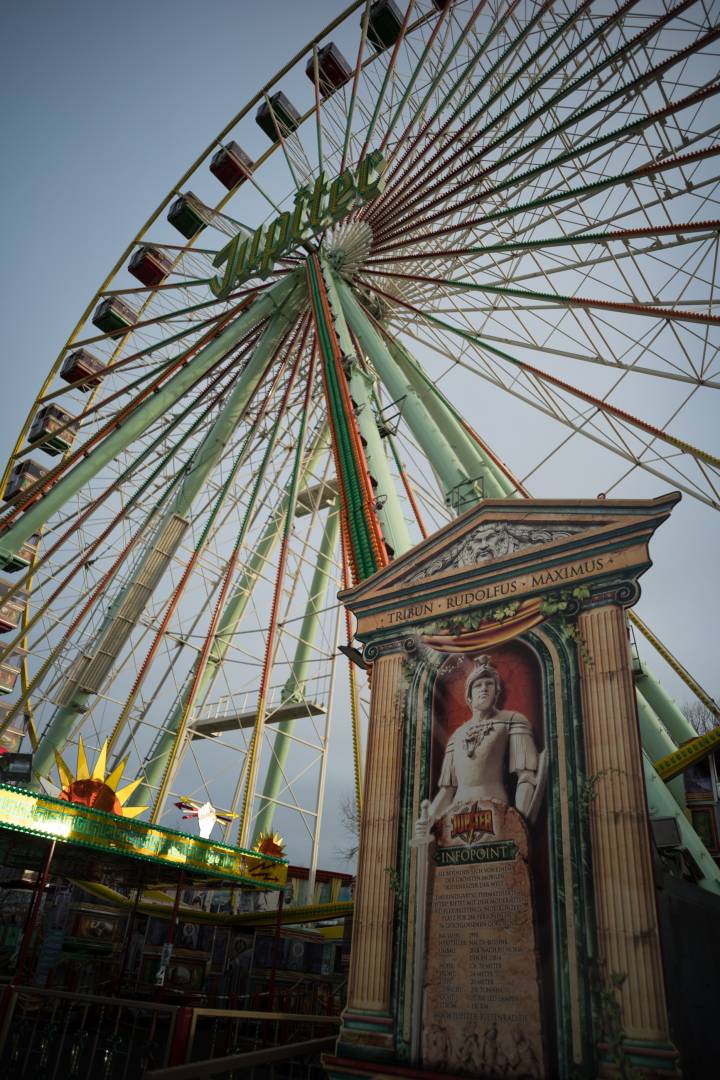

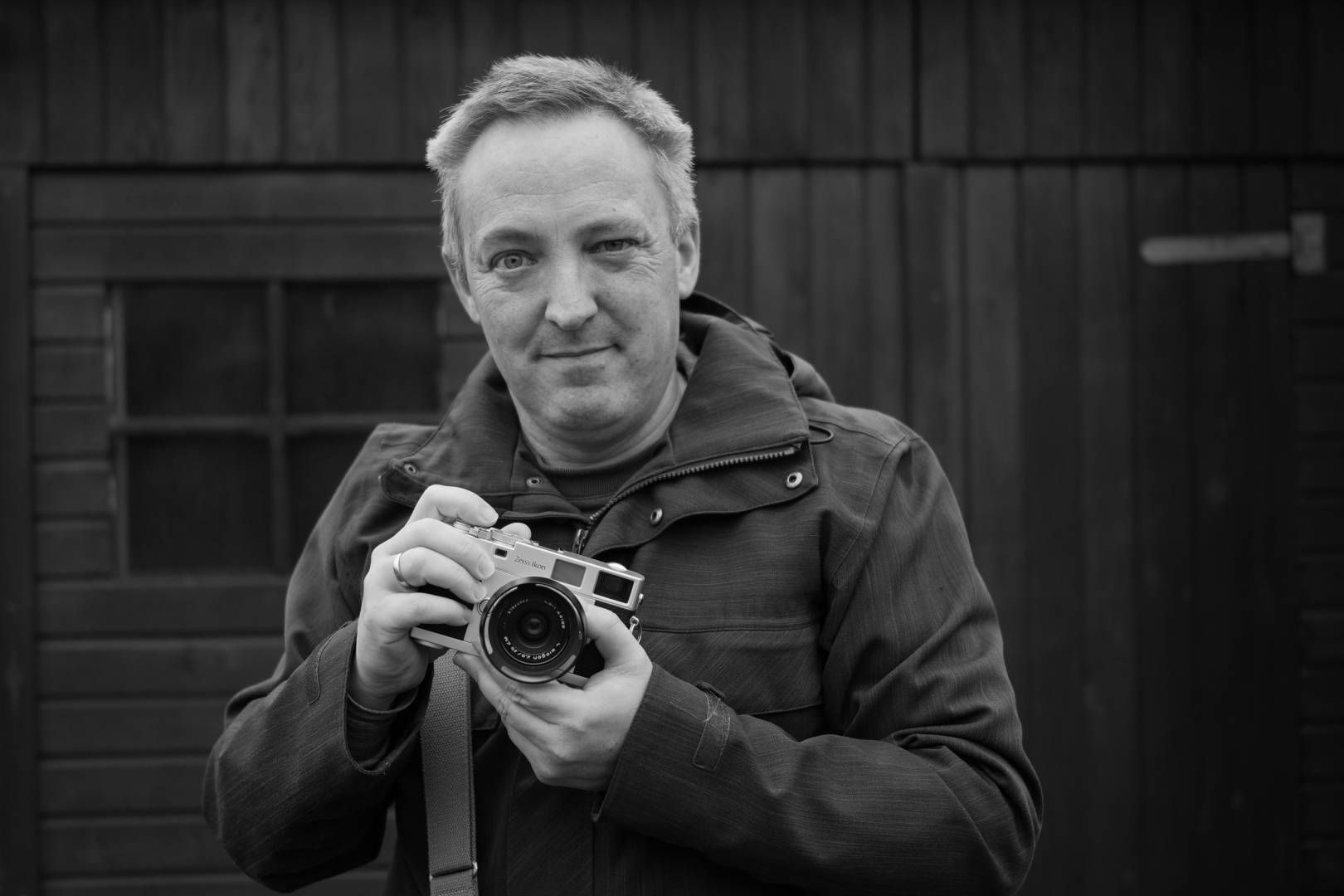
If you are interested in the Zeiss Ikon Camera or the Zeiss ZM lenses, the new episode 11 of The M Files might be a good read for you. In it, I share some knowledge and experience concerning the two Distagons, the 35/1.4 and the 18/4. Here: https://www.macfilos.com/2021/10/01/the-m-files-11-distagon-revisited-the-zeiss-zm-18-and-35-mm-lenses/ you find an in-depth review from a practical user’s perspective, with quite some real wold images.
Another great one!
Thanks, Kannan, I hope you will have many many years full of beautiful rangefinder photography ahead of you. Both the ZM 35/1.4 and 50/1.5 I never had the chance to use but I imagine both are something special each, one in its very own respect. Your general recommendation for the ZM lenses is something that I positively support! JP
Nice Article!
I am a relatively new user to Leica (only 7 years) compared to the veterans here 🙂 and have come a full circle starting from Leica R lenses to most M mount lenses to Zeiss zm ! I have currently sold all my Leica M mount (except for the 90 fat tele elmarit!) and switched recently in January to Zeiss ZM 35mm f1.4 and the Zeiss zm 50 f1.5. And all I can say is they are good or better then the lenses i have used so far. I do a lot of zone focus while shooting and the depth of field that i get in ZM range seems to be much better than Leica lenses on my M10P. And I never mastered the focus tab in Leica lenses and enjoying the smooth focus experience on the ZM. The lenses are super sharp wide open and details are excellent. the 35 f1.4 might be a bit heavier than its Leica counterpart, but this lens i think is a cross between 28 lux and 35 lux in terms of image rendering and weight. it is super sharp wide open and gives great depth once stopped down. The 50 sonnar f1.5 is a tricky one as there is a bit of focus shift. at its widest aperture it is sharp and dreamy. once you stop down it is sharp across but one will have to watchout for focus shift. I am still learning but it is not a big let down i would say. i am almost there in learning this lens !! Over all I would recommend ZM range. from a price to value ratio, they server the purpose.
Exactly the 2 I have.
My 35/1.4 is just wildly consistent at nailing focus and sharpness wide open and renders 3d. My “hot sauce” is a diffusion filter on this lens, it actually doesn’t touch sharpness at all, but redistributes the light, the highs melt into the mids, especially on a high res sensor like the M10-R. And the perfect silver demo copy I bought really embodies the high-end, no compromises but no fuss niche brand of Zeiss. I love the blue dot. Jewels of optical engineering.
And I share the same 50 sonnar left handedness. It’s beautiful when I nail it, but it’s still a wild horse.
Excellent article and a good read. With my M9, I used some of the ZM lenses to replace several Leica lenses I had sold some years before coming back to the M system. I had the 21/4.5, the 18/4, 50 1.5 and 50/2, and the 25/2.8.
I sold the 21/4.5 very early as it did not play well with the M9, with severe Italian Flag syndrome. The other lenses worked quite well with the M9, and while testing the 18 Super Elmar for the LHSA Viewfinder, I found the ZM 18/4 to be nearly identical in performance. I only sold the 18/4 when I acquired the WATE as it was redundant. But I did not sell it for lack of performance. I also sold my 21/2.8 ASPH for the same reason.
I find the ZM 50/2 for be the equal of the Summicron, and 50/1.5 to be unique. The ZM 25/2.8 is one of the sharpest lenses I own. I alternate using it with my 24 SEM, which is also excellent and slightly more compact than the 25.
I am perplexed as to why Cosina has not brought out a new version of a digital M mount Cosina or Zeiss Ikon. I believe there is a strong market out there for it, and there is certainly market share for a less expensive digital M mount camera.
Dear Bill, thank you for all the additional information you are providing. That’s what writing for Macfilos makes so much fun and why I take my time to provide articels despite my demanding job: The community is really enthusiastic!
I am sure that many people have far more experience with the ZM lenses, including you. My idea was and is a comprehensive view of all film cameras and some important lenses with M mount that are no M series Leica products. When it comes to ZM lenses on digital bodies, expericence seems to vary vastly. I first used the 21/2.8 and the 18/4 on an Alpha 7 and 7II and the results were not good, period. The M10 changed a lot, but by then these to lenses were gone or about to be sold.
As to a digital Bessa – well, the Epson R-D1 was based on a Cosina body. I never really found out why the did not continue to develop that. Many they thougt the M9 was skimming off the market, or they just did not believe the niche to be big enought for several players. Today, I consider the issue to be settled with many affordable full frame EVIL (Elctronic Viewfinder Interchangable Lens) cameras on the market that can all carry M mount leses with an adapter. If another proper rangefinder camera could be made and offered in a range below used Leica M240 bodies I do not know.
But you never know, the camera market is changing as Mike Evans posted only today. We will hear quite some bad news in the next years, I am afraid, and certainly experience some nice surprises, too. JP
Right???! I mean I rarely say this, but please take my money already for a digital full frame Zeiss M of the same quality as the ZM line, hell, place it even higher than Leica.
Also, great article. I really enjoy your Zeiss articles.
.
Hi J-P,
In your Conclusion you say “..the Zeiss Ikon is a beautiful and versatile one. It covers almost everything that the Leica M7 can do..” but I didn’t notice anything about its shutter sounds. Those Cosina shutters are often rather noisy.
The M7 – especially with its electronically-controlled slower speeds, which don’t use any clockwork – makes an almost-silent “s-nick”.
What does the Ikon sound like, compared with that?
Hi David, I meant mostly functional aspects in this comparison. The haptics and acoustics of the Zeiss Ikon are not up to Leica standards. The ZI’s shutter sound is unobtrusive but not as discreet as the M7’s. The ZI is slightly louder, the pitch is significantly higher and feels more metallic (but this might be a psychological effect). I cannot compare the ZI to an electronic Bessa as I have none. The Minolta CLE is in between the ZI and the M7 but probably this may vary from copy to copy depending on the condition of the shutter mechanism. JP
It is shame that these couldn’t be Contax branded but I’m sure there was a reason for this.
I recall a considerable price premium over the Voigtländer but I can see some of the reason in your article.
Dear Mike, thank you for your comment. The Contax brand belonged to Yashica/Kyocera in these days and might do so to this day. It would have fitted this line-up perfectly, I fully agree. As to prices, there are only few lenses in the Zeiss and Voigtländer line-ups that are directly comparable. For example, the Voigtänder Nokton 35/1.4 and the Zeiss Distagon 35/1.4 (three times more expensive) are very, very different lenses. I can only conclude that the Zeiss lenses offer good to excellent value for money. JP
Great article and it brings back souvenirs of a few ZM lenses I used before I could afford Leica ones.
I am a bit surprised by the strong colour shift on the 35 2.8. I only briefly owned that lens when I was shooting with my M9, but I never noticed anything so obvious. Admittedly, it was hand-coded (probably as a Summarit). Note that a great way to get rid of such shifts in Lightroom is the Flat Field plugin.
I am equally baffled by your assessment of the ZM 21 2.8 which I have always found stunning on the M9 and M10. But there again, the lens has always been coded as an Elmarit ASPH.
Dear Fiatlux,
thanks for the experience you are sharing! I have the impression that the M262 is expecially prone to problems with non-Leica lenses. The M10 works far better with them and the SL (601) in most cases, too. It might have something to do with the sensor of the 262/240 or its cover glass.
As to coding non-Leica lenses: As I use both both Leica and third party lenses, I do not want to confuse them in post-processing. This is why I object to coding lenses “as if”. I did some research about what manually selected profiles work best, and included my findings in the article.
I have no M9 myself and cannot say how well the ZM lenses work on it. When it comes to newer cameras, the results with the M10 were persistently good to excellent.
Interersting point about “before I could afford Leica lenses”. I made a similar journey and come to the conclusion today that the Leica lenses have more prestige for sure, better value retention hands down, and a more seamless user experience (thanks to 6bit coding, exif files and correction within lightroom). But in sheer optical performance as shown on film, the Zeiss ZM lenses are not generally behind.
JP
Dear William, I am glad that you obviously enjoy reading The M Files. I found and still find this research fascinating. So many interesting products in this small niche! As I wrote, I did underestimate the Zeiss lenses in the first place. By now, I would say the 50 Planar and the 21 Biogon are among the best lenses I used so far. I have no idea in how far history plays a role in today’s optical achievements and what links the two eternal rivals, Leica and Zeiss. But for sure both companies have a well-deserved reputation. JP
I have a 75mm Planar on a Rolleiflex and it is an astonishingly good lens. The Leitz Elmar, ‘the lens that made Leica’, is based on the Zeiss Tessar and Leica has also used Sonnar designs. The ironic thing is that back in the day the Zeiss lenses were around the same price as their Leica/Leitz counterparts, but today the older Leica /Leitz lenses will fetch a bigger price, not because they are better, but because they are more collectible. The big mistake that Zeiss made was having metal shutters on their Contax cameras which were very difficult to maintain compared to the cloth shutters on Leicas. The quality of the old Zeiss lenses will stand forever and Leica lens users should be grateful for the inherited DNA of those early Zeiss lenses.
William
I really liked this little piece of history, thank you!
I have the 25 2.8 Zeiss lens in both Leica M and Nikon F mounts. It is as good as it gets as regards lenses in that wideangle group. I bought the Nikon F version in Hong Kong and I was tempted to buy the Zeiss Ikon camera in the store as well, but I was not ready to make the jump back to film at that time and, of course, I would have needed the M mount lens as well. I subsequently got the M mount version to go with an M9. The masterly Zeiss lens designs always come shining through. There is plenty of Zeiss DNA in many Leica lenses and Barnack worked for Zeiss before he moved to Leitz.
Great photos and article as usual.
William
Thanks for the review Jorg-Peter. I almost buy a zm camera with a few lenses but was happy with my Contax G1 and its Zeiss Contax lenses. The 28 biogon the 35mm and planar 45 were stellar lenses. The distagon 21mm did vignette a lot but was great and sharp. Looking forward to the next episodes
Jean
Dear Jean, thanks for your kind feedback. If I was to continue my research, I would probably go on with the Contax G system. Very interesting indeed. JP